
- HOME PAGE
- TOURS LIST
- SITE INDEX
- THIS TOUR SUMMARY
-
TOUR BLOG
Day 20, Saturday, 23rd March - Khanom
Respite....... Our unscheduled layover in Khanom should give me some respite from writing up my blog day after day which is quite tedious at times. We stay in the room till 11.00am which is achieving nothing. A brief look around Khanom District is all I expect having been here before. I inform the owner that I would like to stay a second night at Siriburi Resort while Katoon seems to have an attractions list already. How will this work? After our usual self-catering breakfast we are ready, first heading away from the beach area.
Wat Chedi Luang....... As is often the case, I refer to Google Map and pull up what information I can first. Initially, I'm excited by the photograph of Wat Chedi Luang but I become skeptical when I realise how familiar this photo seems to be. It is a photo of the chedi of the same name in Chiang Mai and Google Map hasn't been corrected. On arrival at the chedi I'm not really surprised to see a completely different one than show on the photo. This chedi has a Lanka-style dome instead of the more usual bell-shape or rectangular tower. Finds from this site confirm that this area was important for trade during the Svirajaya Period (7th to 13th century). Many objects were recovered of Hindu origin as well as ceramics from China. These are kept in the local museum. I'm saddened to hear though that many objects were destroyed while building a new temple on site.
Rubber Tree Tunnel....... On the way to another attraction we turn onto a concrete road lined on both sides by rubber trees. To take advantage of the light that is created, the trees have bent outward forming a canopy over the road. The symmetry of these slender trees is remarkable as they form a complete tunnel under which traffic passes. It's onward to the next attraction.
Khao Wang Thong Cave....... Khao Wang Thong Cave is located in Hat Khanom Mu Ko Tale Tai National Park and of course there is a check point here. However, you can only get access to Khao Wang Thong Cave and there is no park fee. The facility here relies on donations. The cave was only discovered in 1943 by a local man. It is a limestone cave with some iron deposits with a depth of 150 metres. The private sector tried to get a concession from the government to mine for iron ore in the cave but failed due to local objection.
We make enquiries with the park staff and realise that access to this cave is difficult and cannot be explored alone. The are 17 zones in the cave and some have insufficient oxygen levels for visitors to explore. Consequently, you need a guide with knowledge of the cave system. The entrance to the cave is high up on the mountain face and requires 147 steps to reach it. I have a decision to make but cannot resist the challenge. With a guide ready with his flash light, I just know this is going to be different.
We reach the entrance which is hardly 4 feet wide. It's no wonder the cave was only discovered recently. Access through the entrance is difficult for me and it's immediately clear that the passageways are quite narrow. Apart from an electric cable installed for lighting there is no attempt to improve access. Our guide shows us the features of the cave as we move deeper inside reaching a point where you almost need to crawl on hands and knees to continue along the passageway. The features are remarkably beautiful and the rust stains on the roof are the sign of iron in this cave.
After some time knowing that I've already passed the point a could reasonably have expected, I just can't proceed though a difficult gap even though I'm told the main cavern is beyond. It's been remarkable anyway. We return to the car to head down the mountain and I tip the guide.
The Khao Wang Thong Cave is not the only cave in the area but another on my list is not recommended as it's unattended. I'll bow to experience on this occasion. At this point I don't want to turn this into a long afternoon. No visits were planned here but more options come from nowhere when I thought there was little more I can add.
Suan Ta San....... At Suan Ta San a small stream runs along the base of a mountain beside which is farmland. The owners here realised they have an interesting resource which they have turned into a tourist attraction. The stream is home to a species of carp, the boney lipped barb, (osteochilus waandersii) found only in Indochina. They live in large groups in areas where the water flow is slow and in streams with muddy or sandy bottoms. They feed on algae, moss and phytoplankton. They are also partial to smelly feet and visitors arrive here to dangle their feet in the water where the barbs suck dead skin especially from around the soles of feet. Despite worries about cellulitis, I carefully lower my appendages for them to feast. Wonderful!
At this point Katoon has extended the list and that bothers me. It's not the relaxing day I planned. First we visit the Khanom Grand Canyon and although hardly a canyon this depression provides a wonderful photo opportunity. The next will bring us closer to the coast.
Coral Pagoda....... Wat That Tharam or Wat Khao That from the name of the hill is built on, has the nickname the Coral Pagoda because of how it's made. The views across to Cape Prathap are gorgeous.
Khanom Beach....... My partner wishes for more visits but I really need to chill out, and we head back to the resort. While Katoon is happy to carry on with chores at the resort, I'm off to the beach. Remembering Khanom Beach from the past, it's been a favourite ever since and it's so pleasing to be here again. I have an hour to myself alone on the beach with a beer. Sometimes a man needs some space. I return to Siriburi Resort and collect Katoon to return to the beach for a nice seafood evening meal and that wraps up a day I will remember. Tomorrow is bound to be more chaotic as we head for Koh Samui.
Next Page.
Nakhon Si Thammarat Province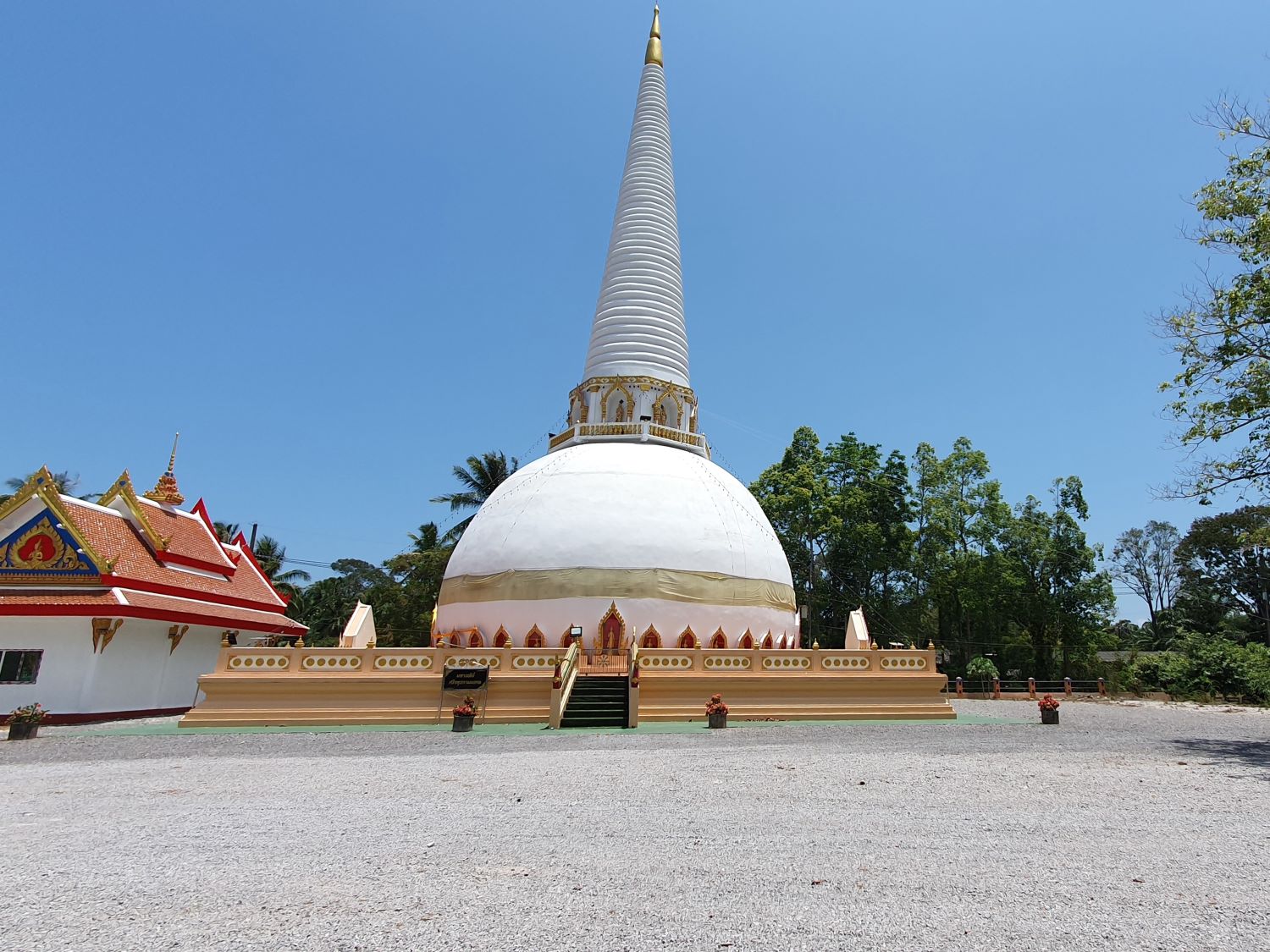
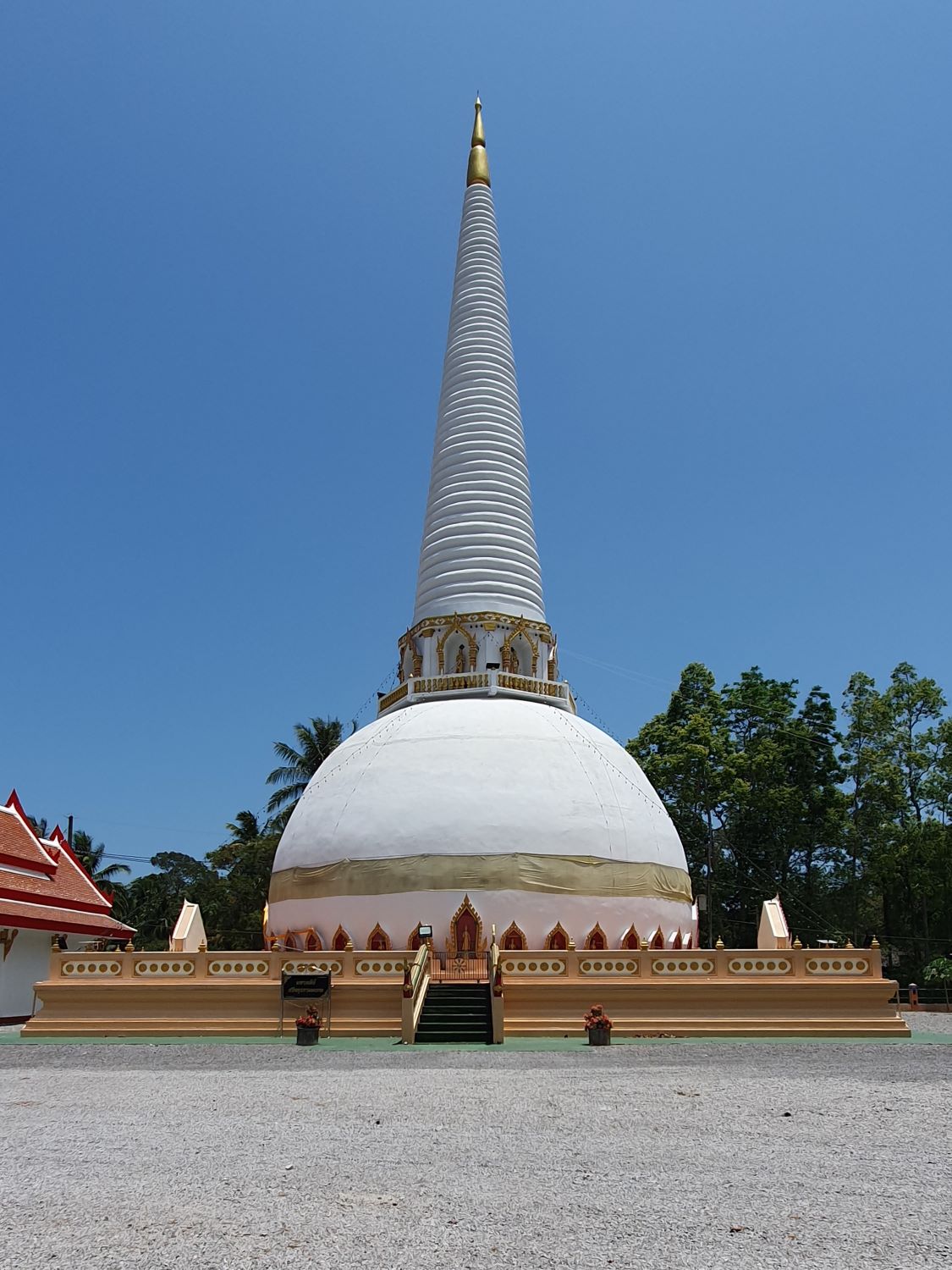
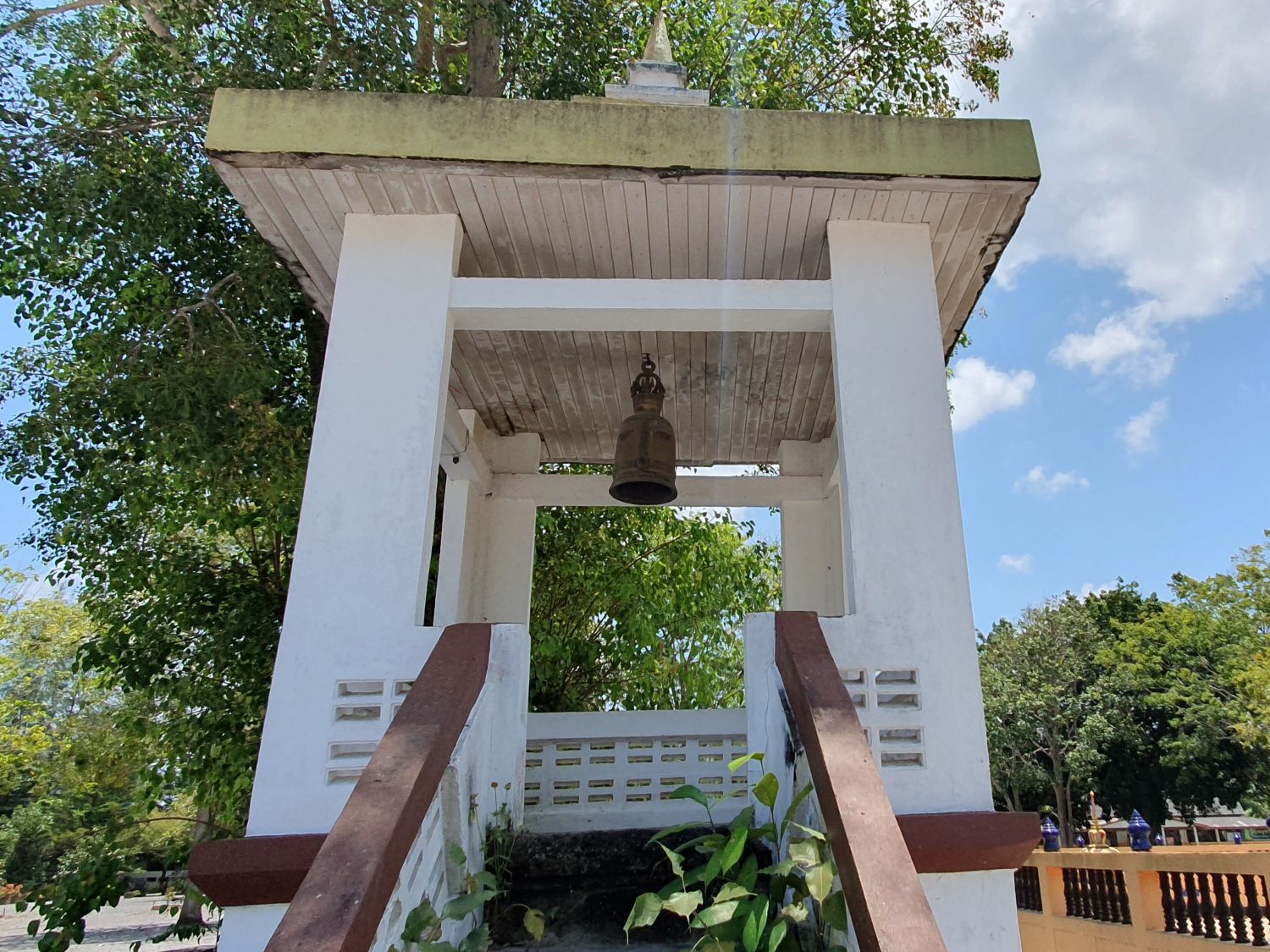
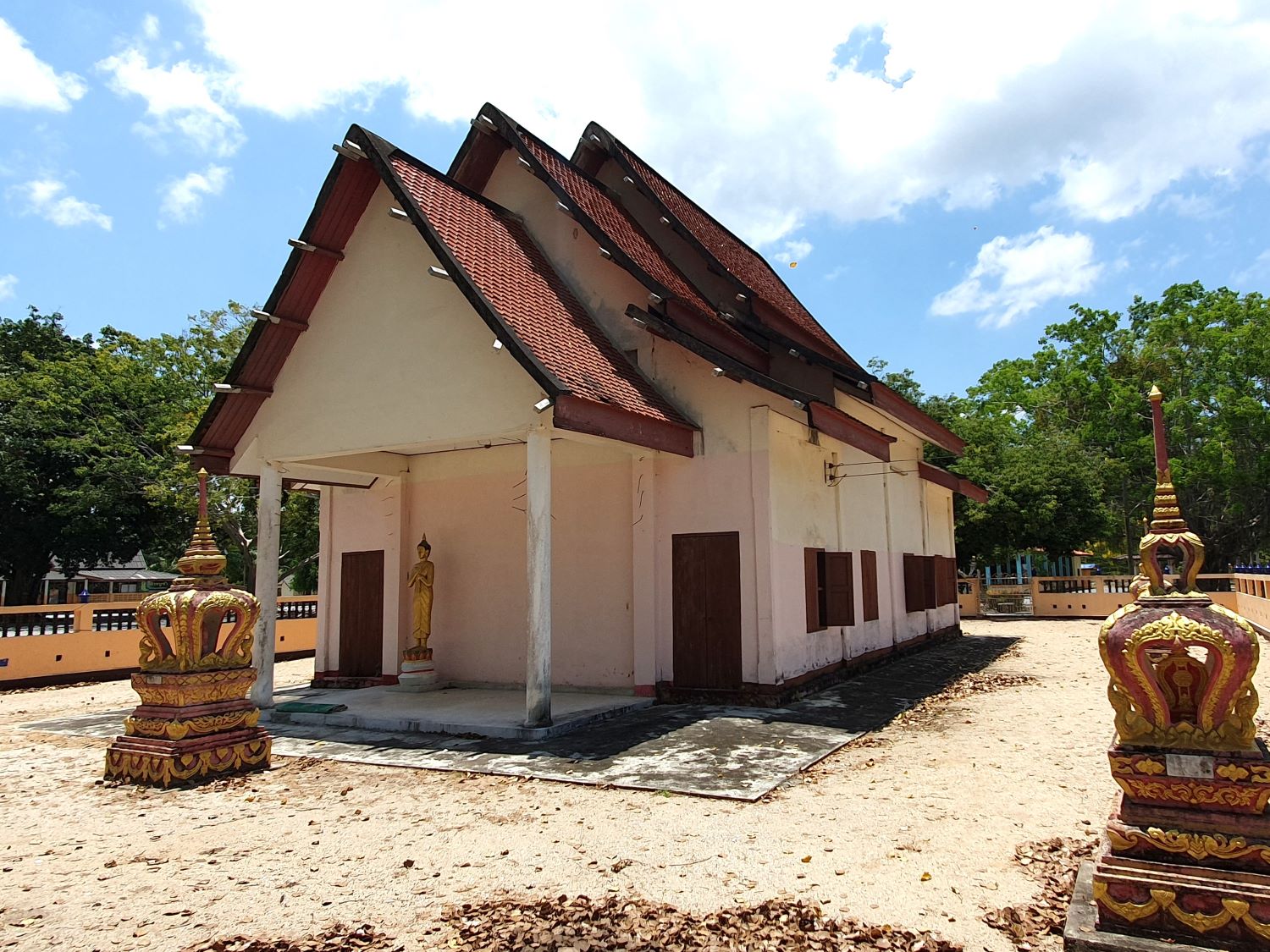
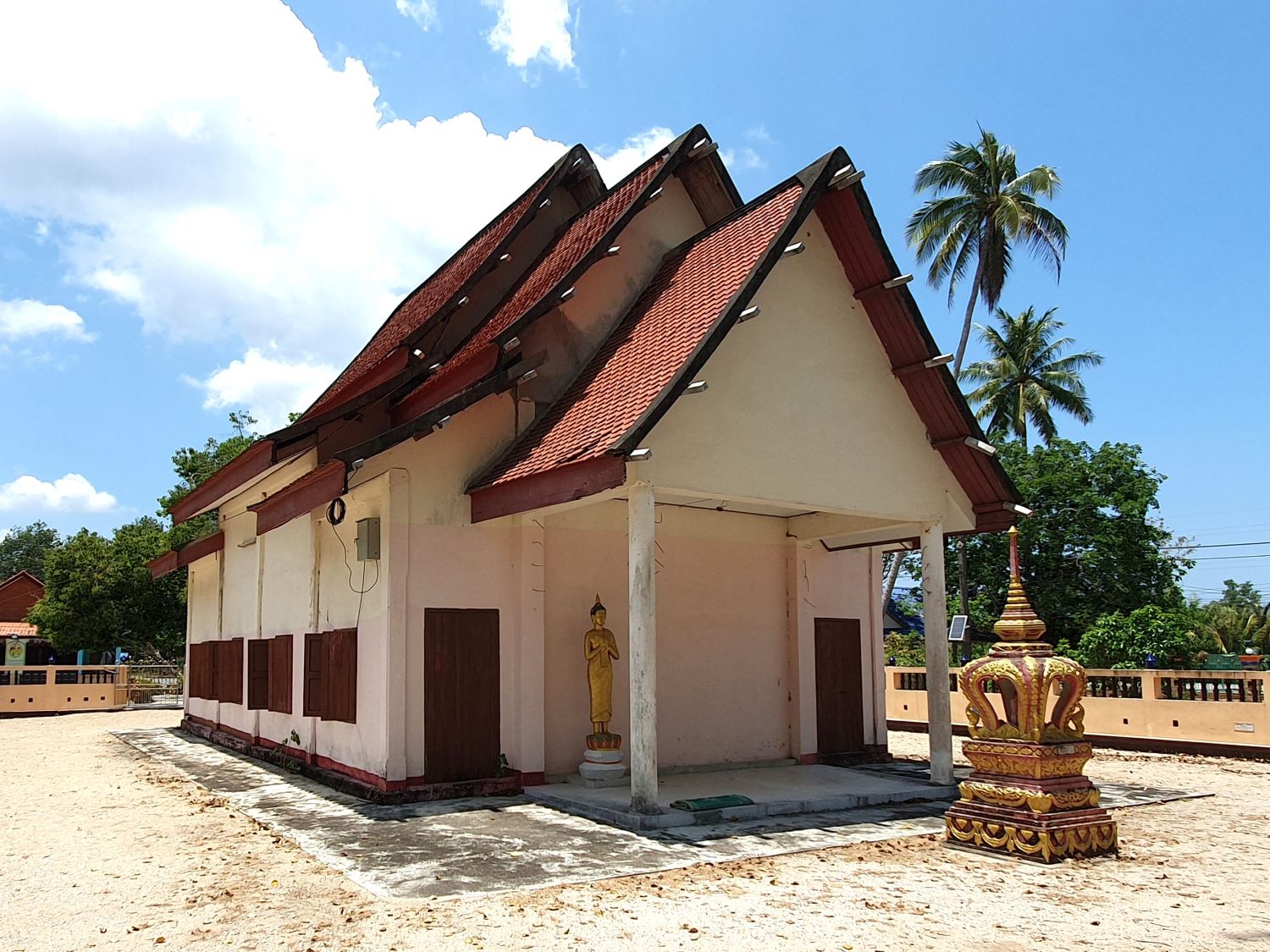
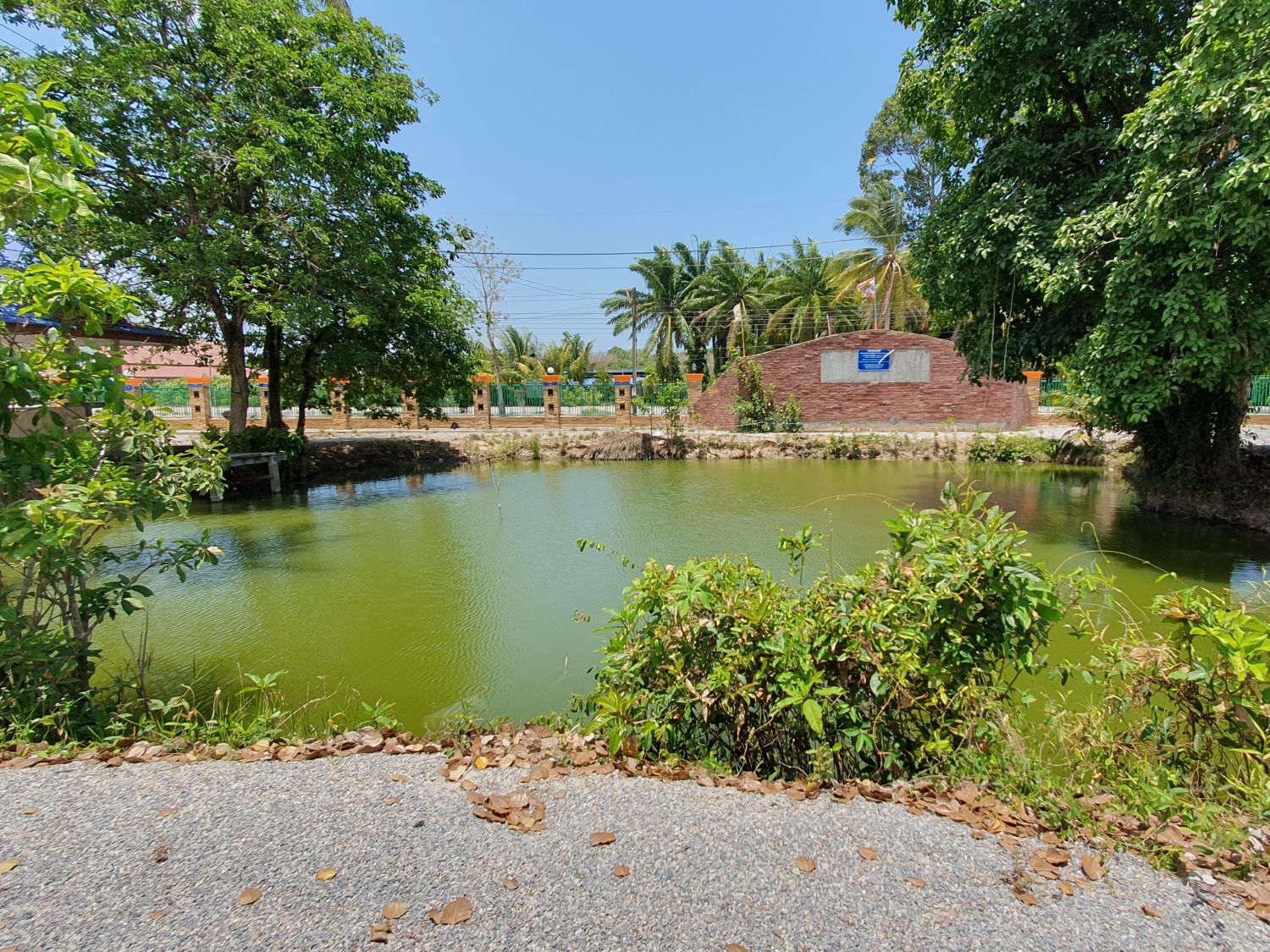
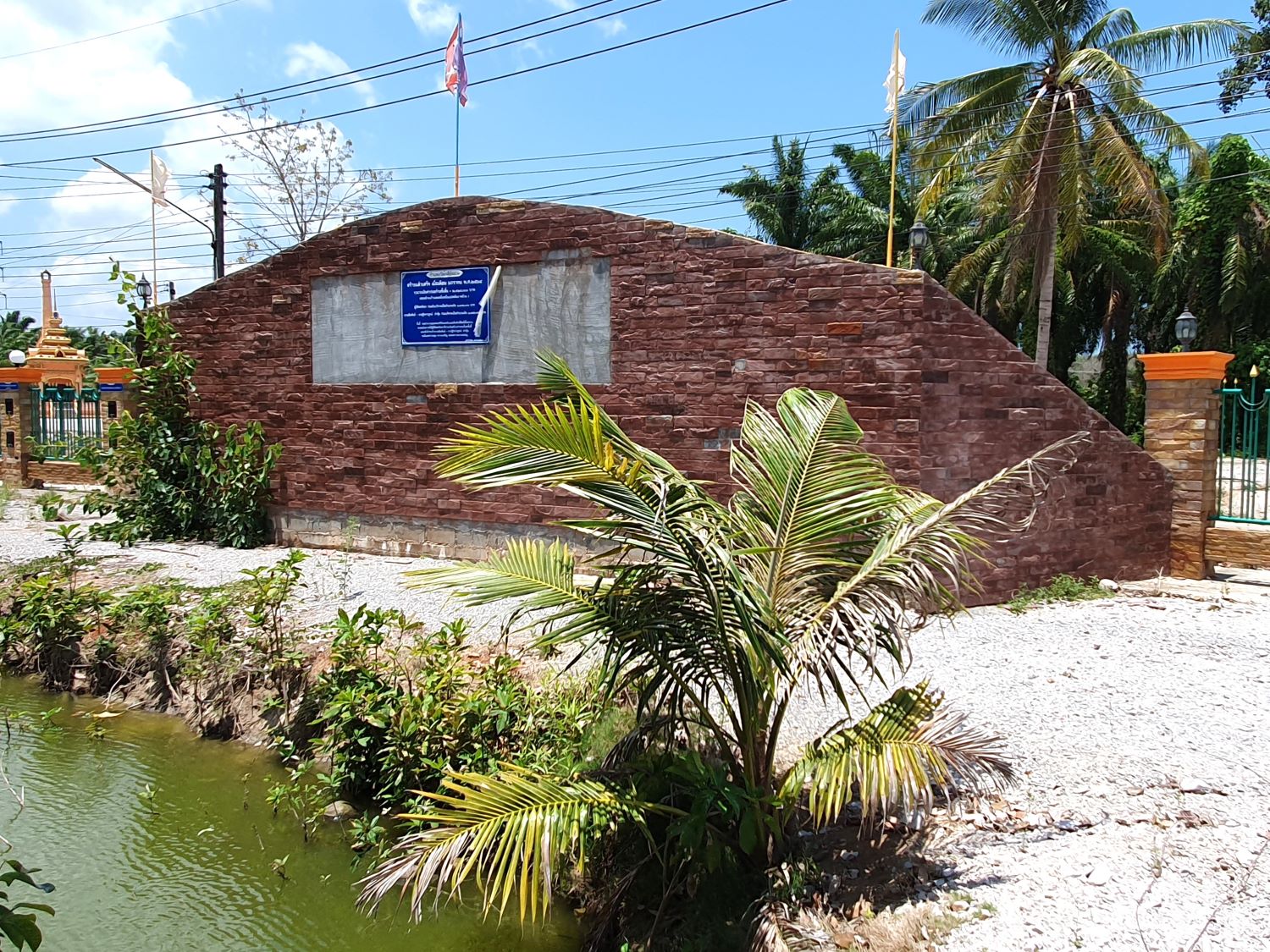
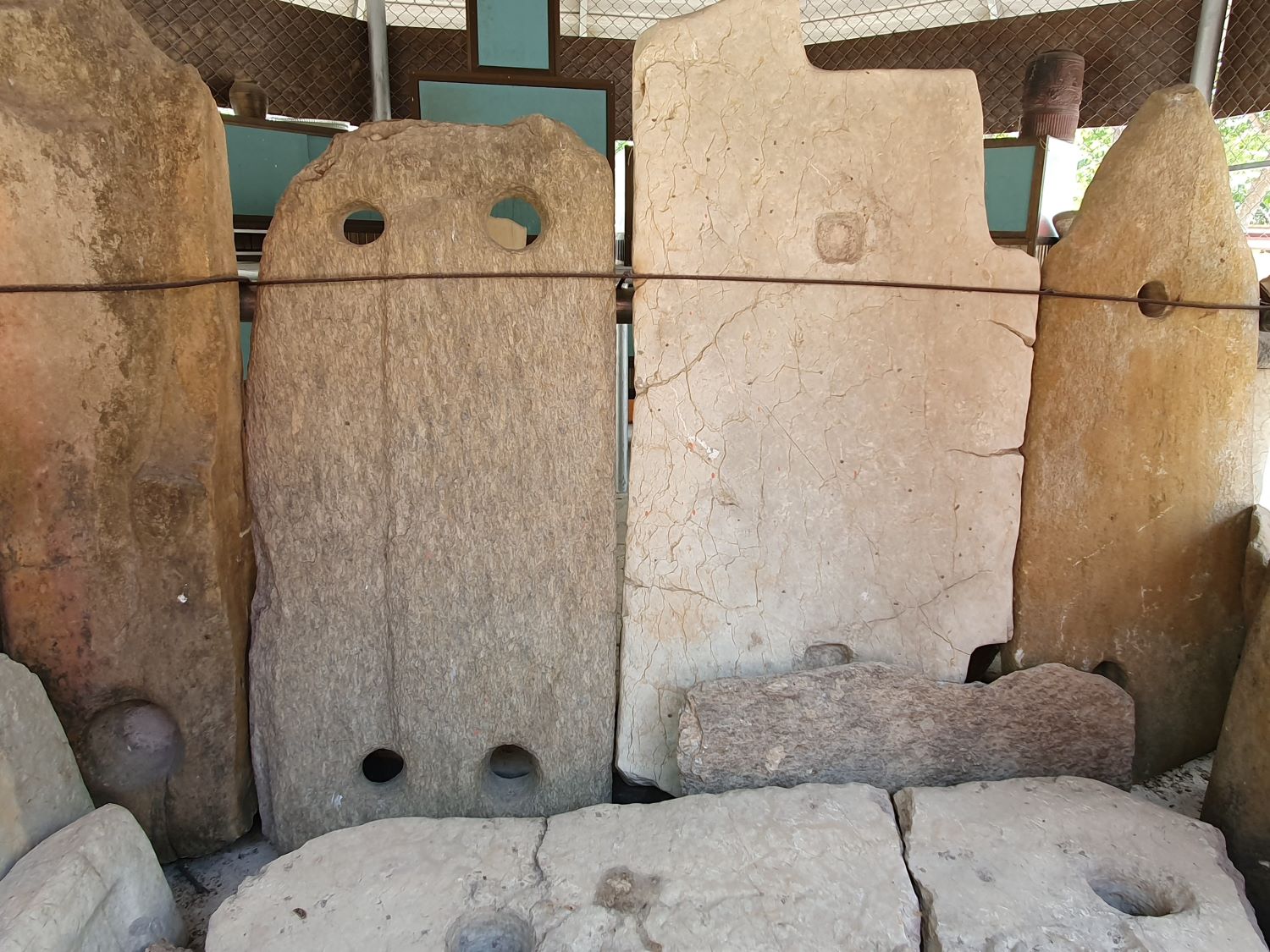
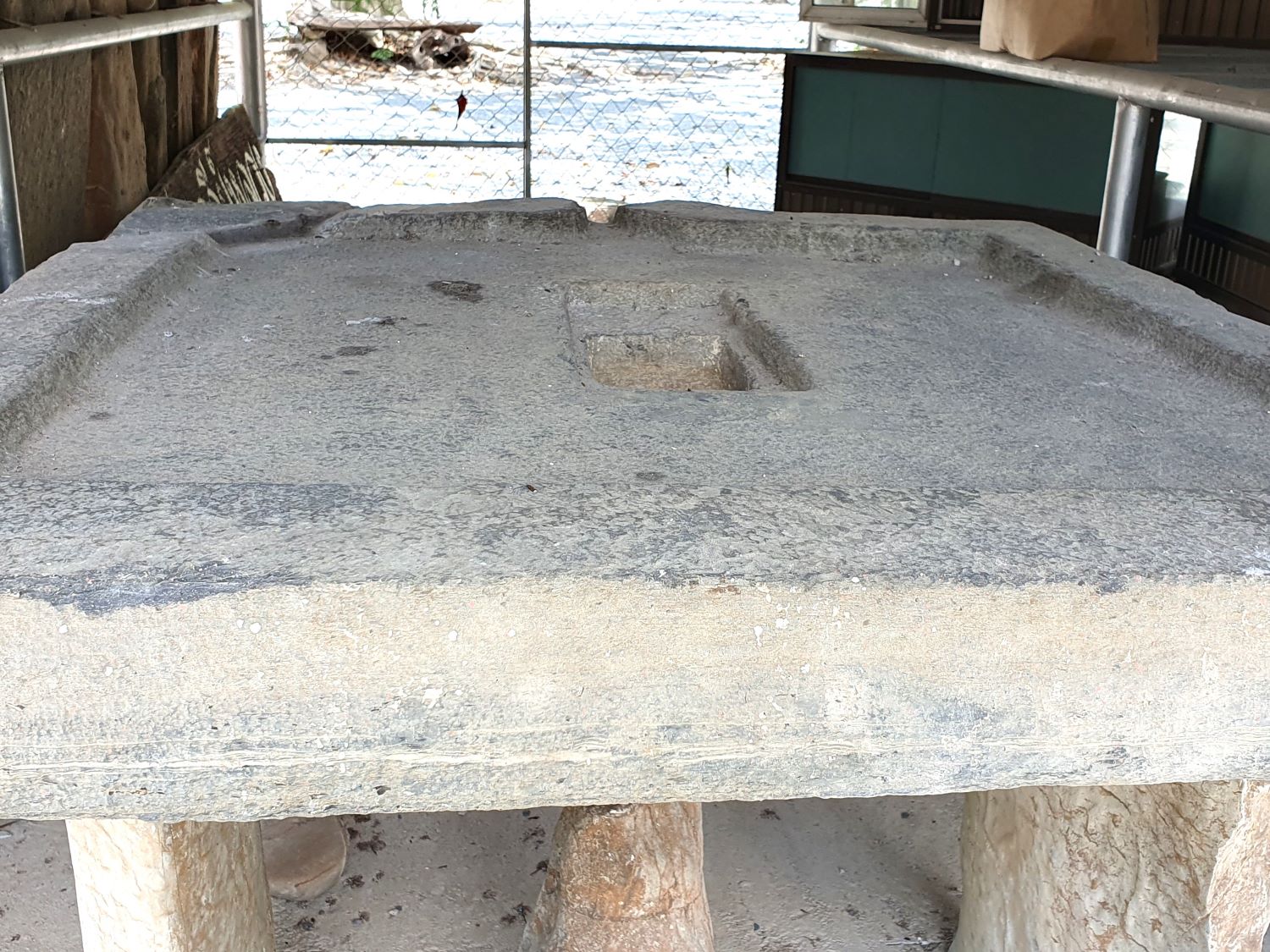
Wat Chedi Luang,
Khuan Thong, Khanom District
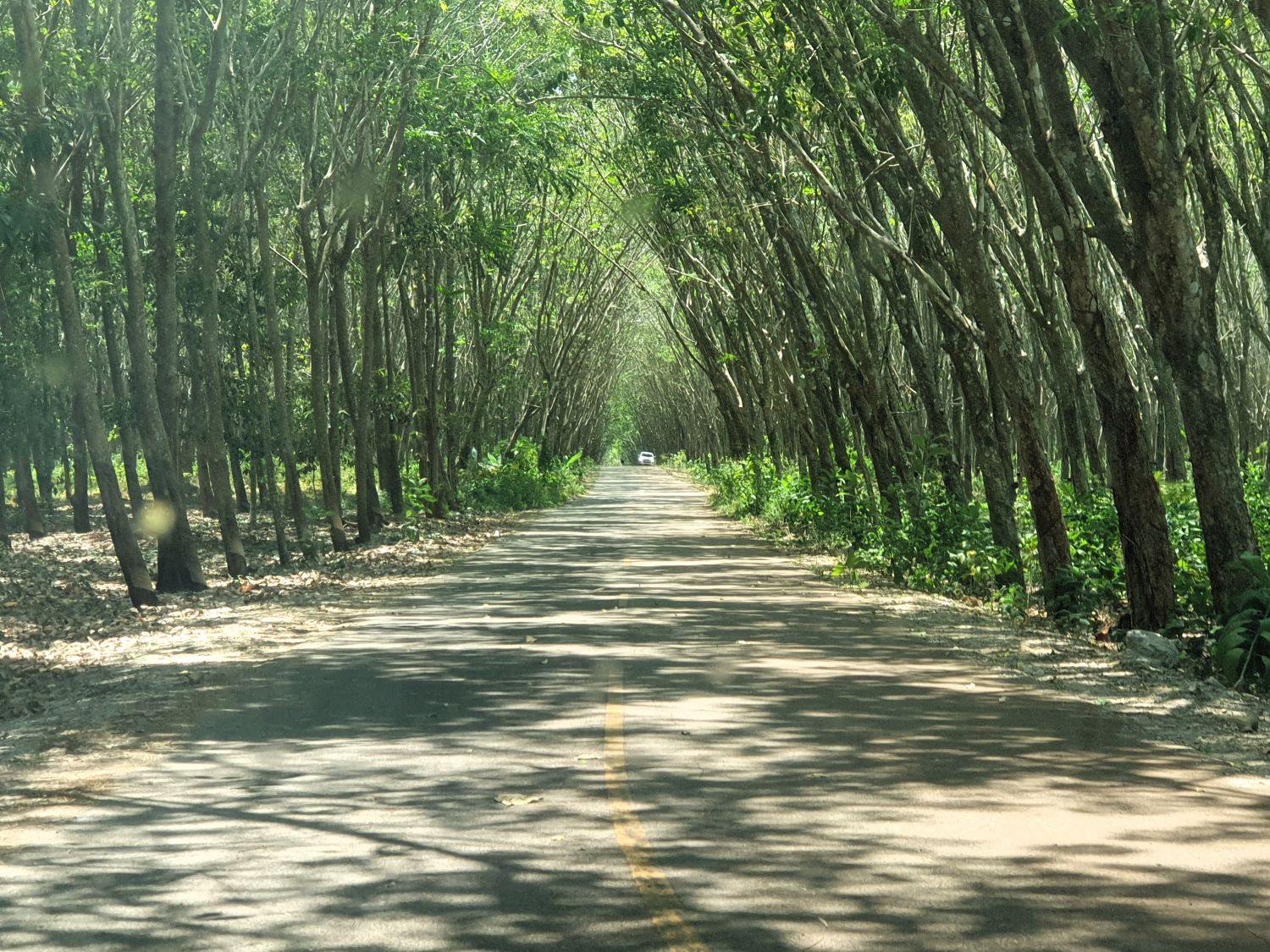
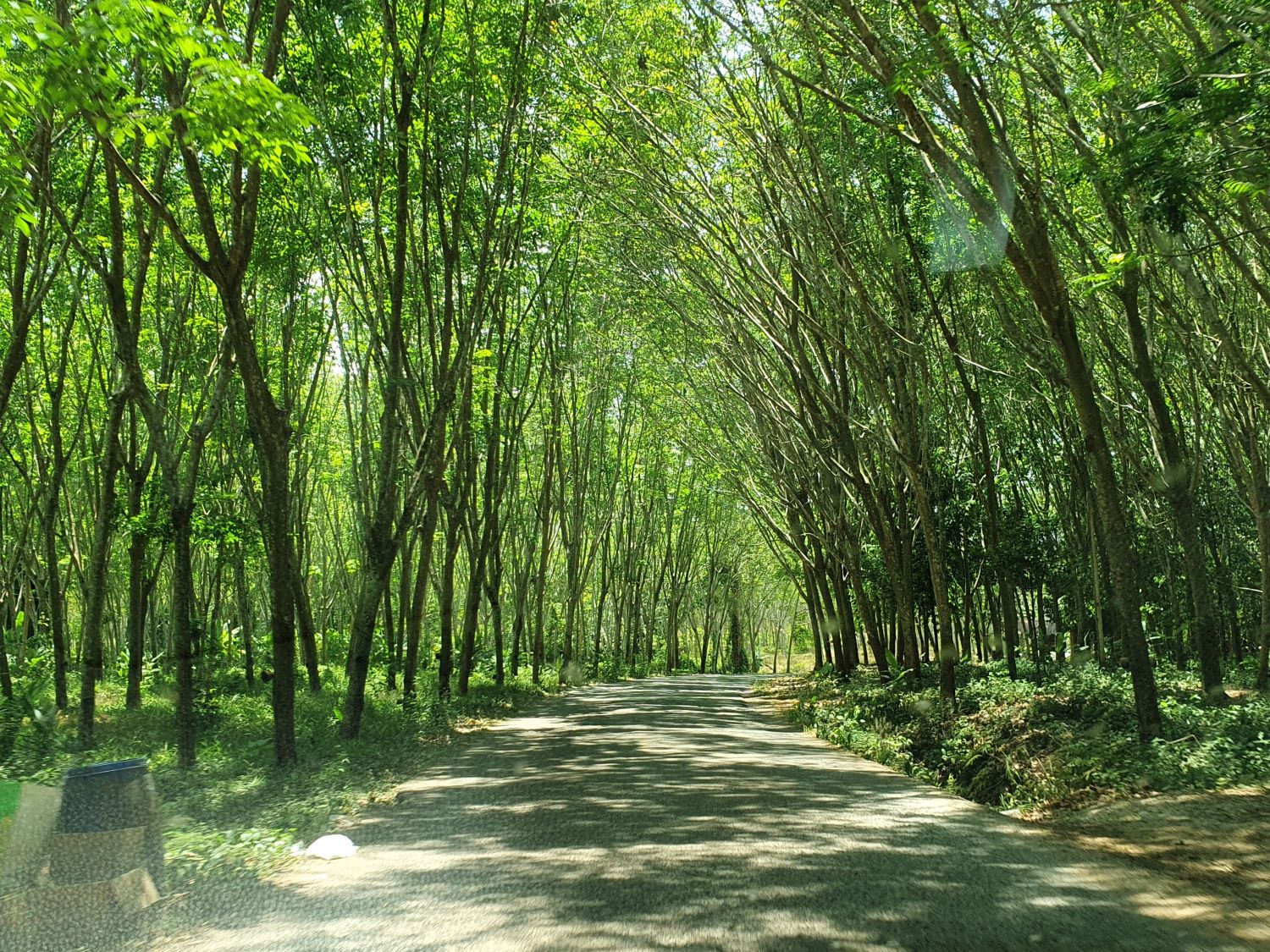
Rubber Tree Tunnel,
Khuan Thong, Khanom District
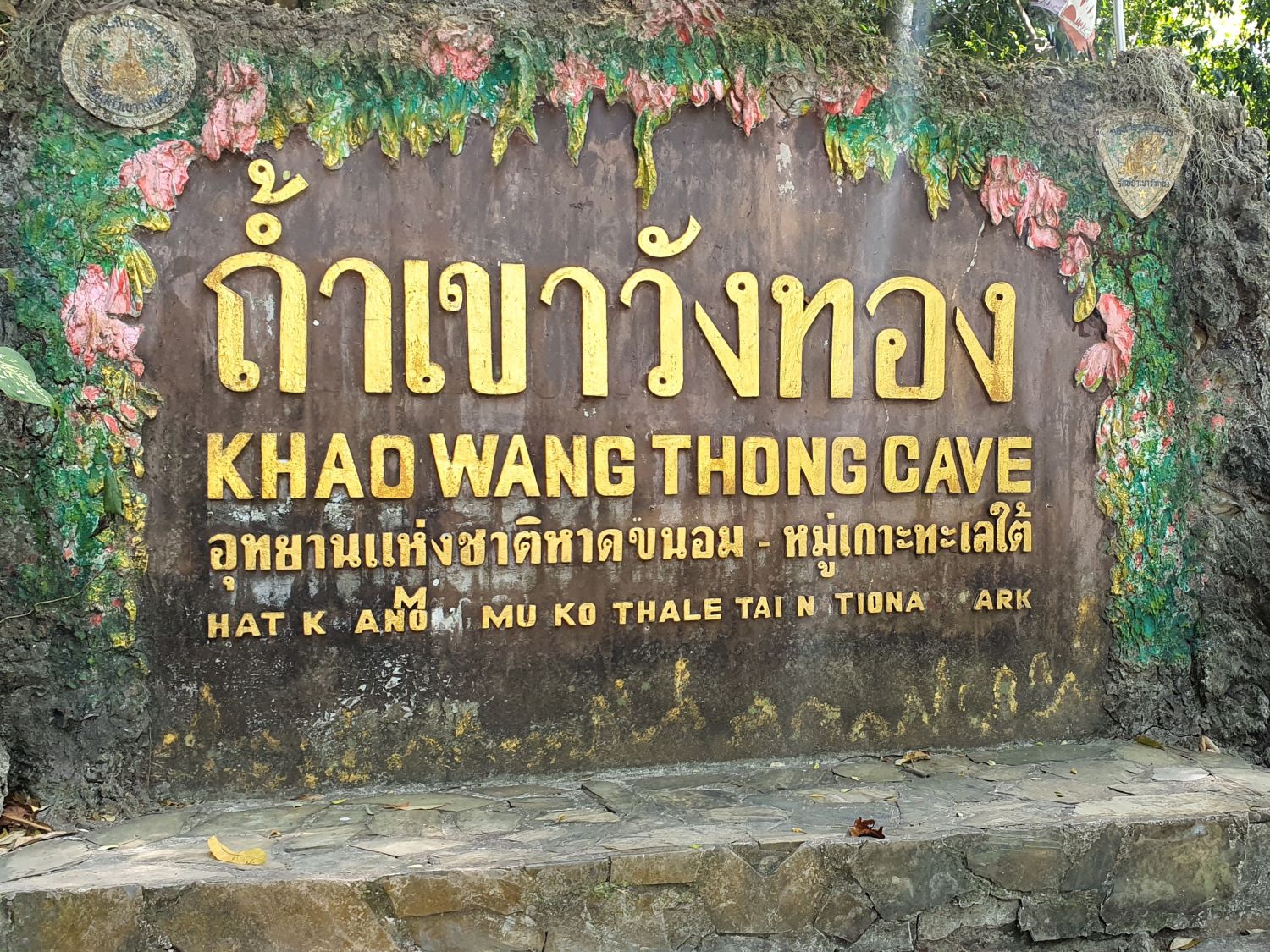
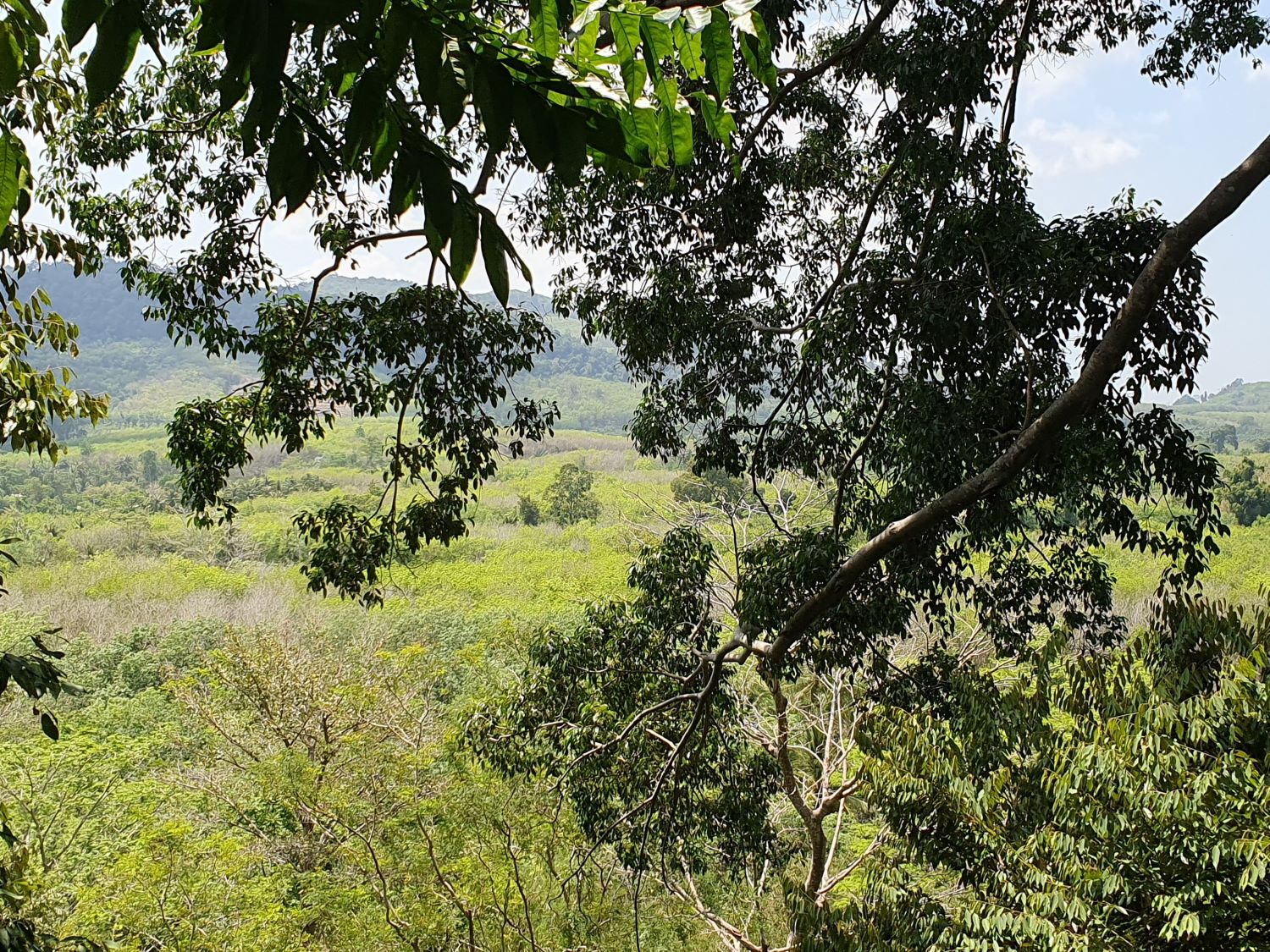
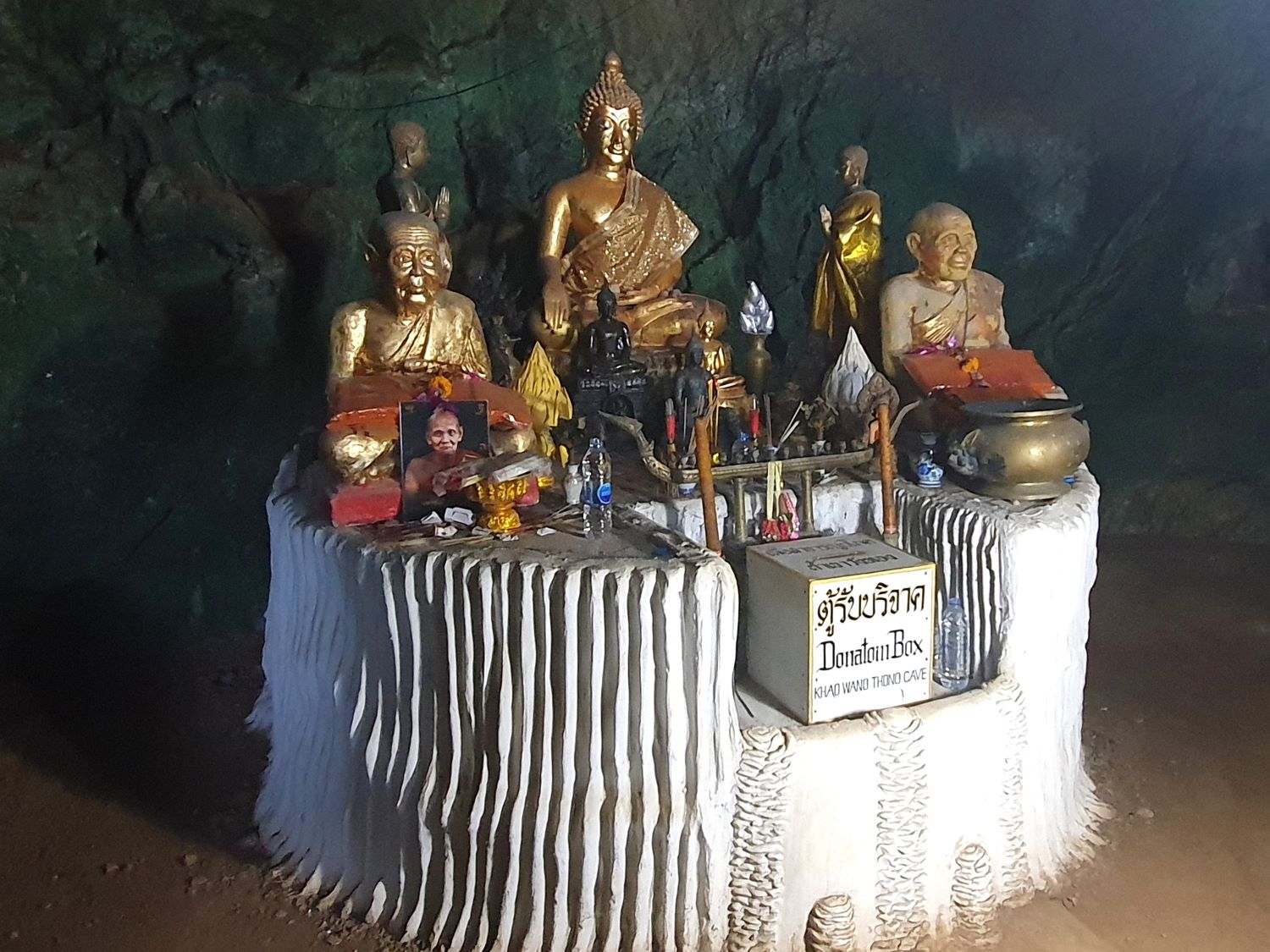
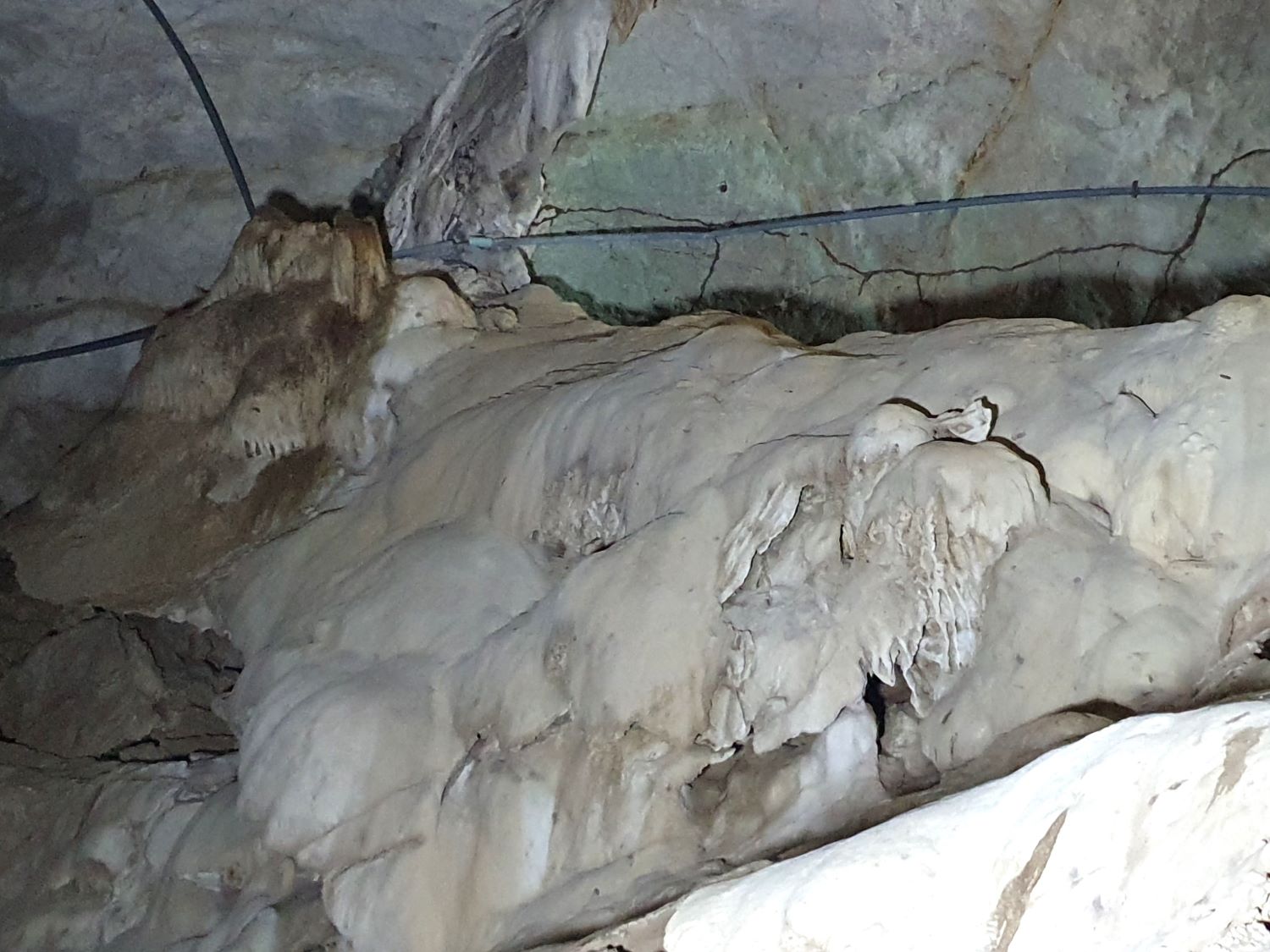
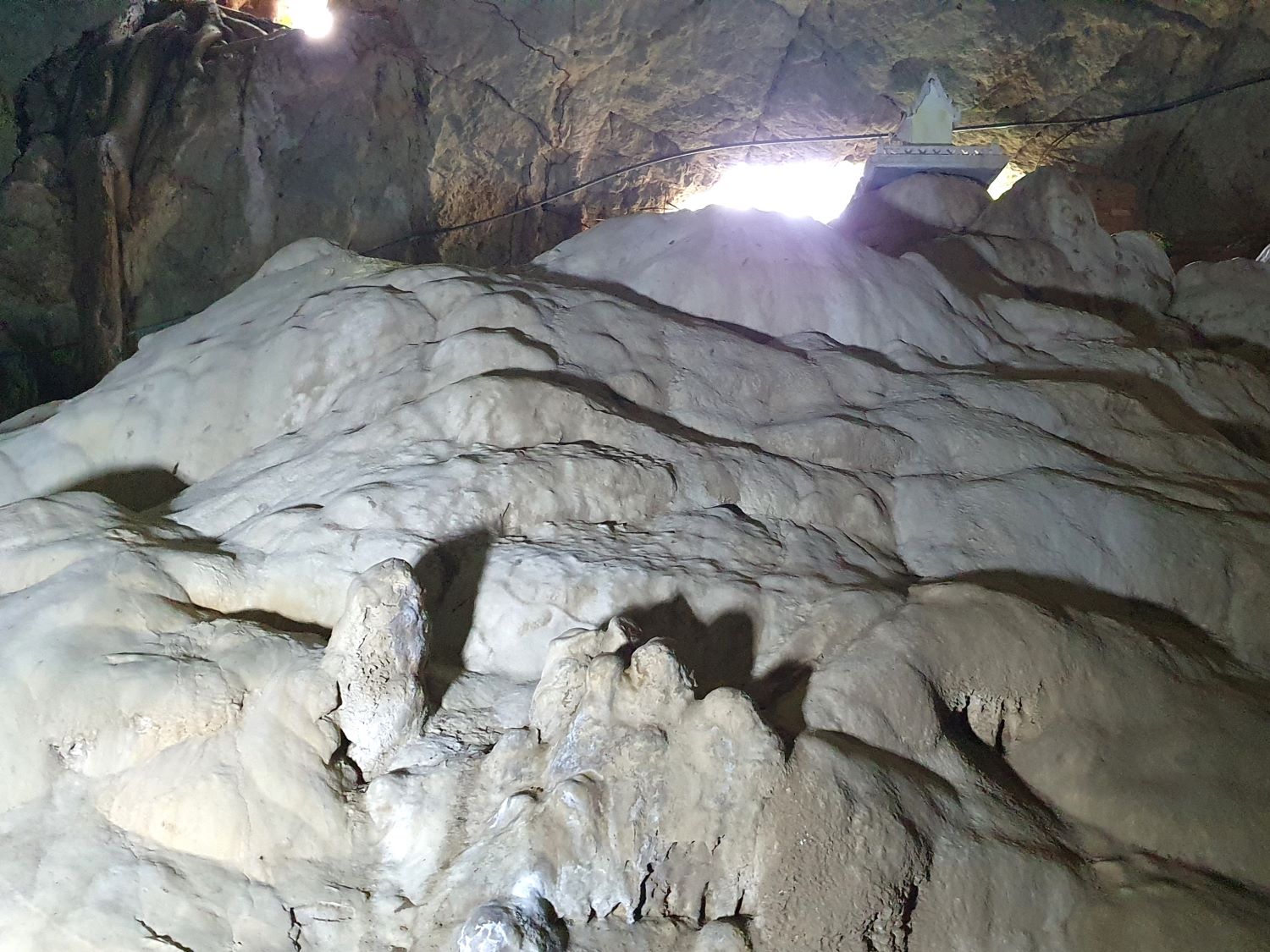
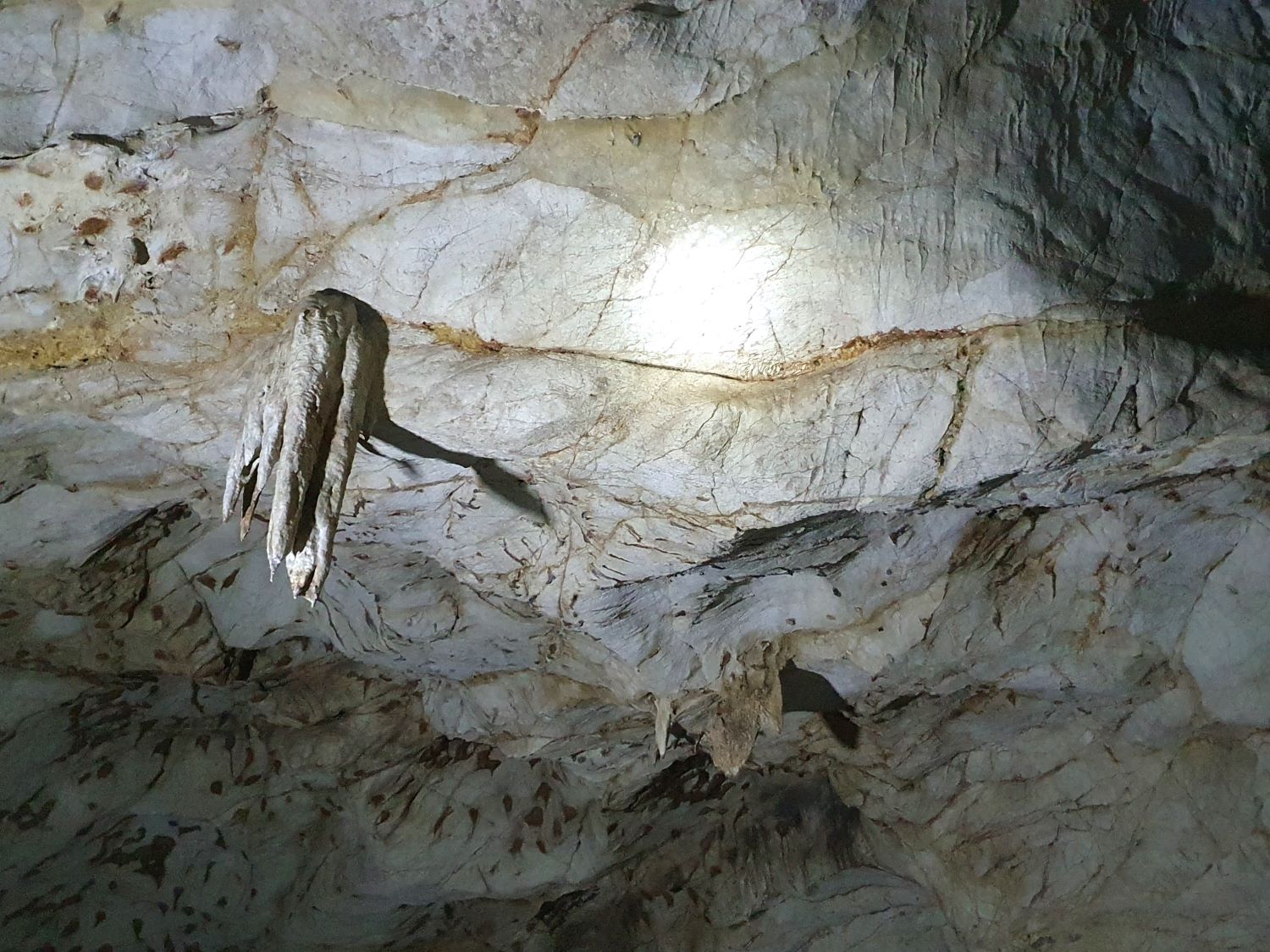
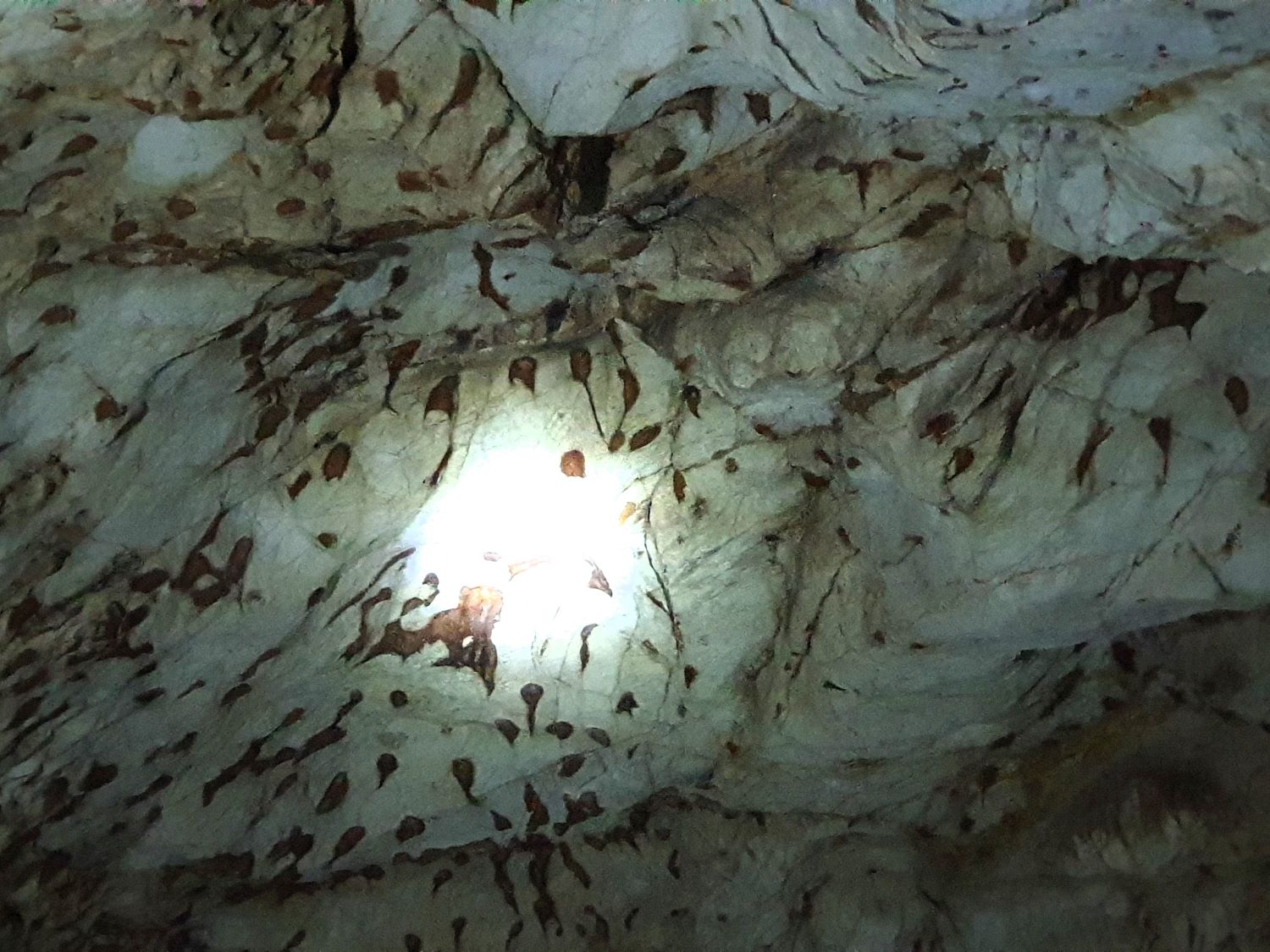
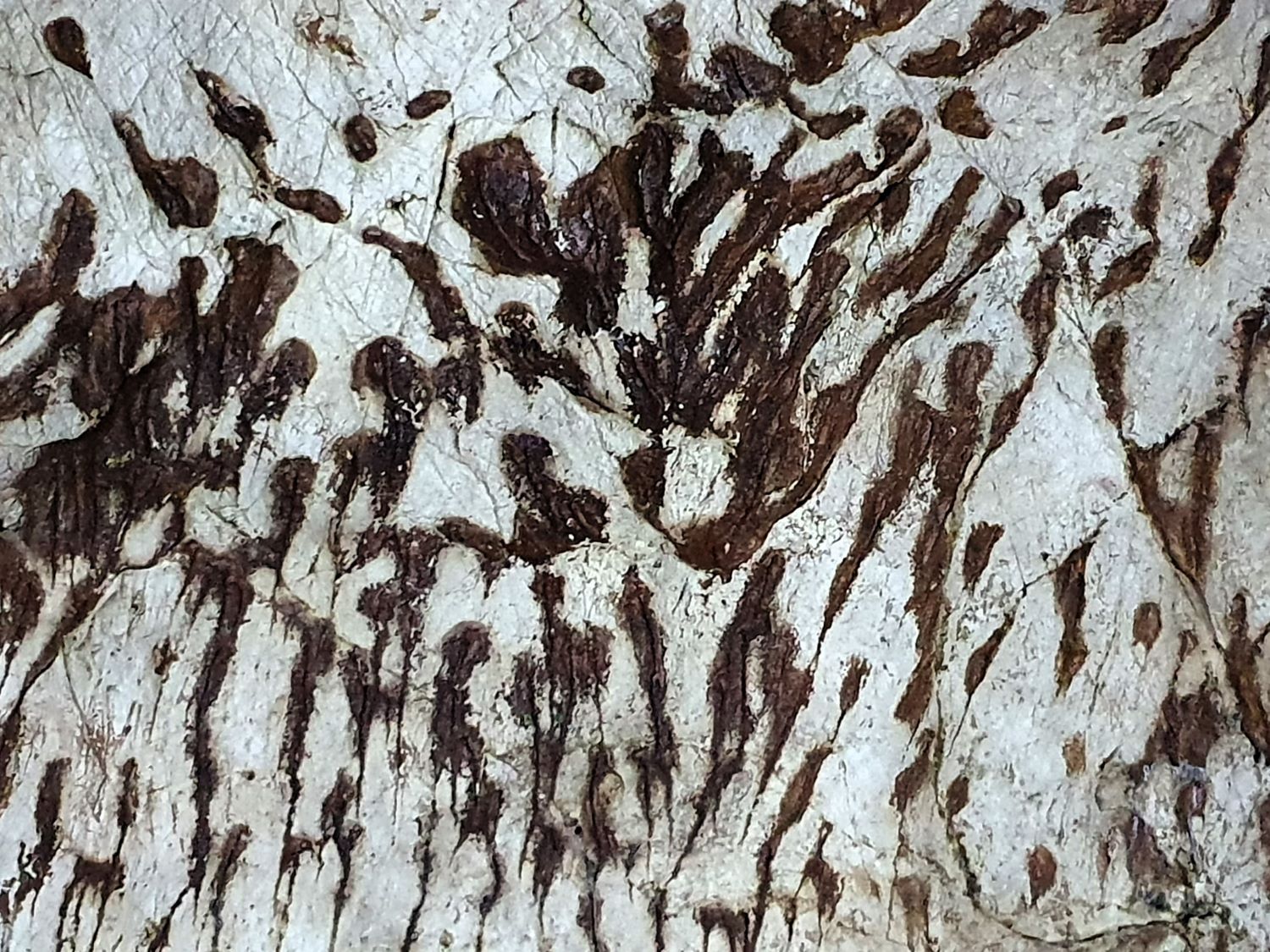
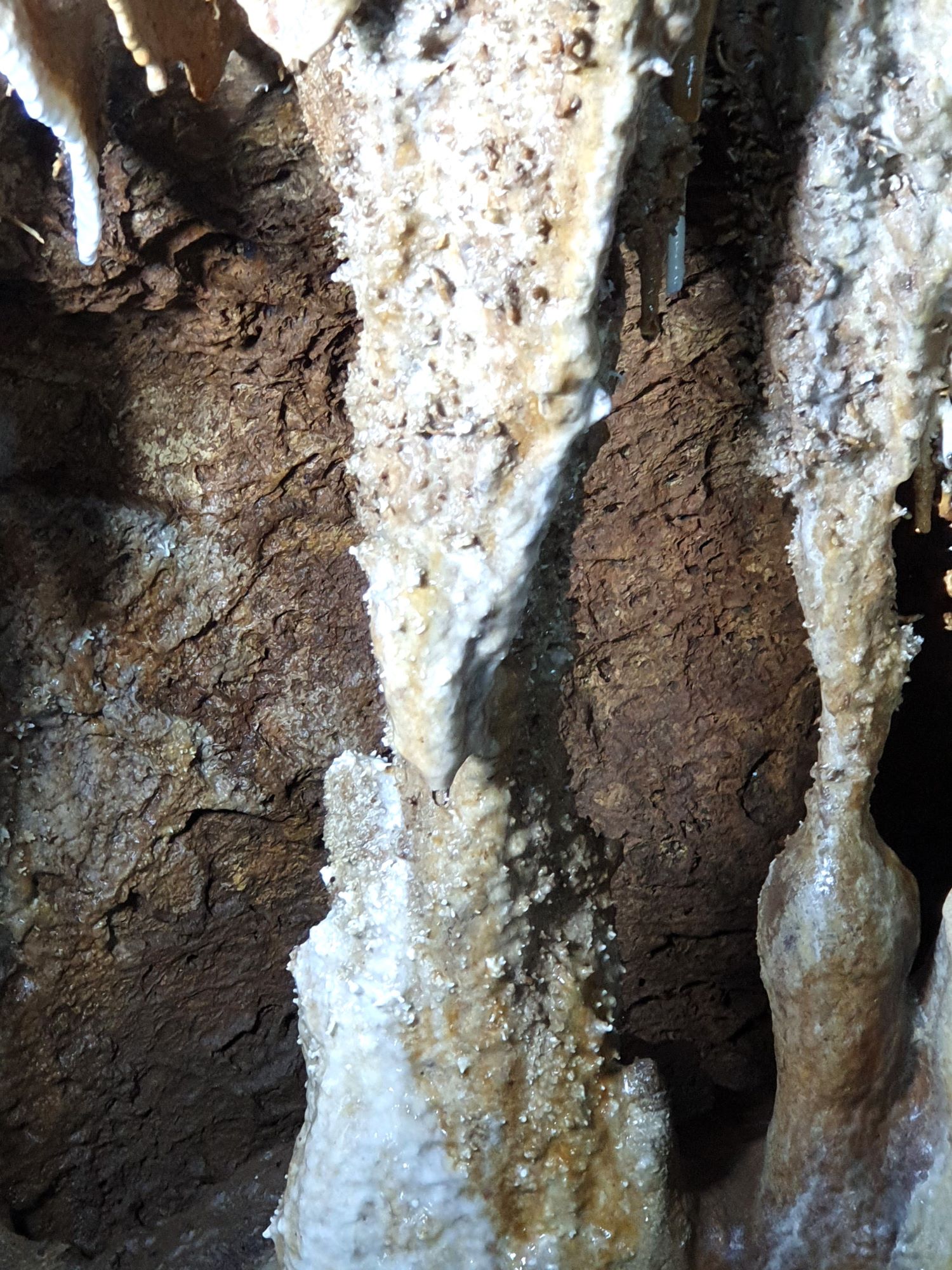
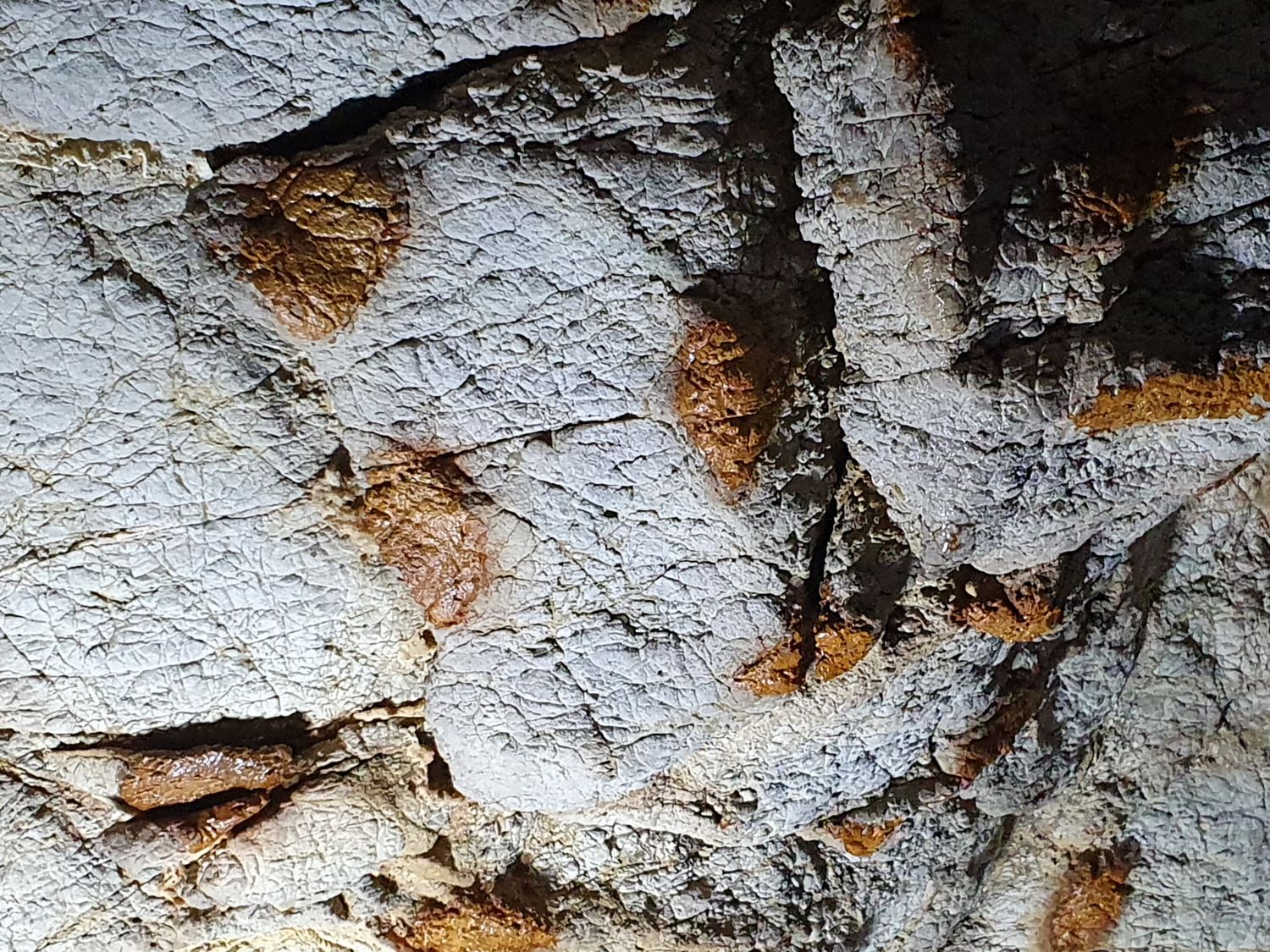
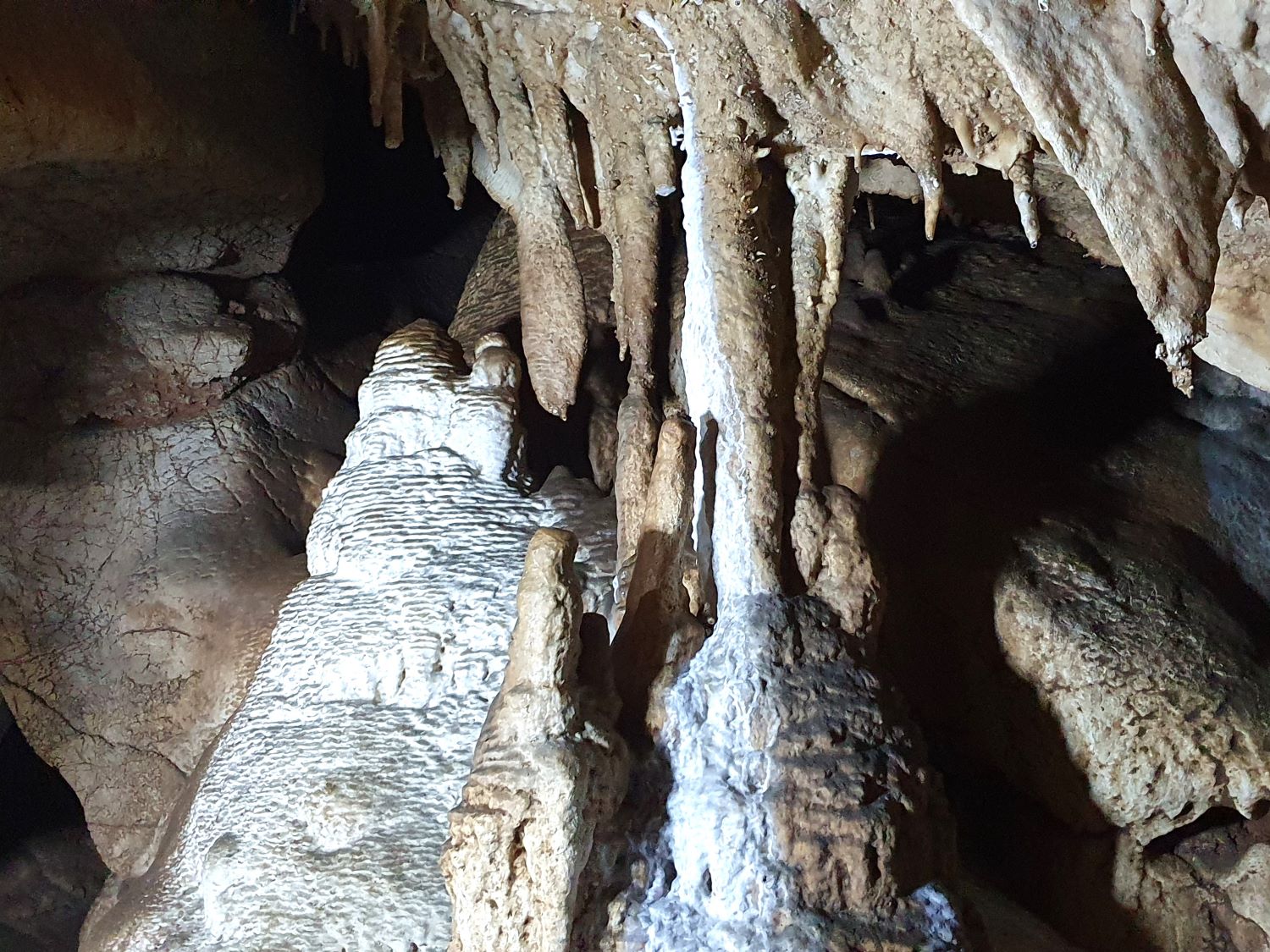
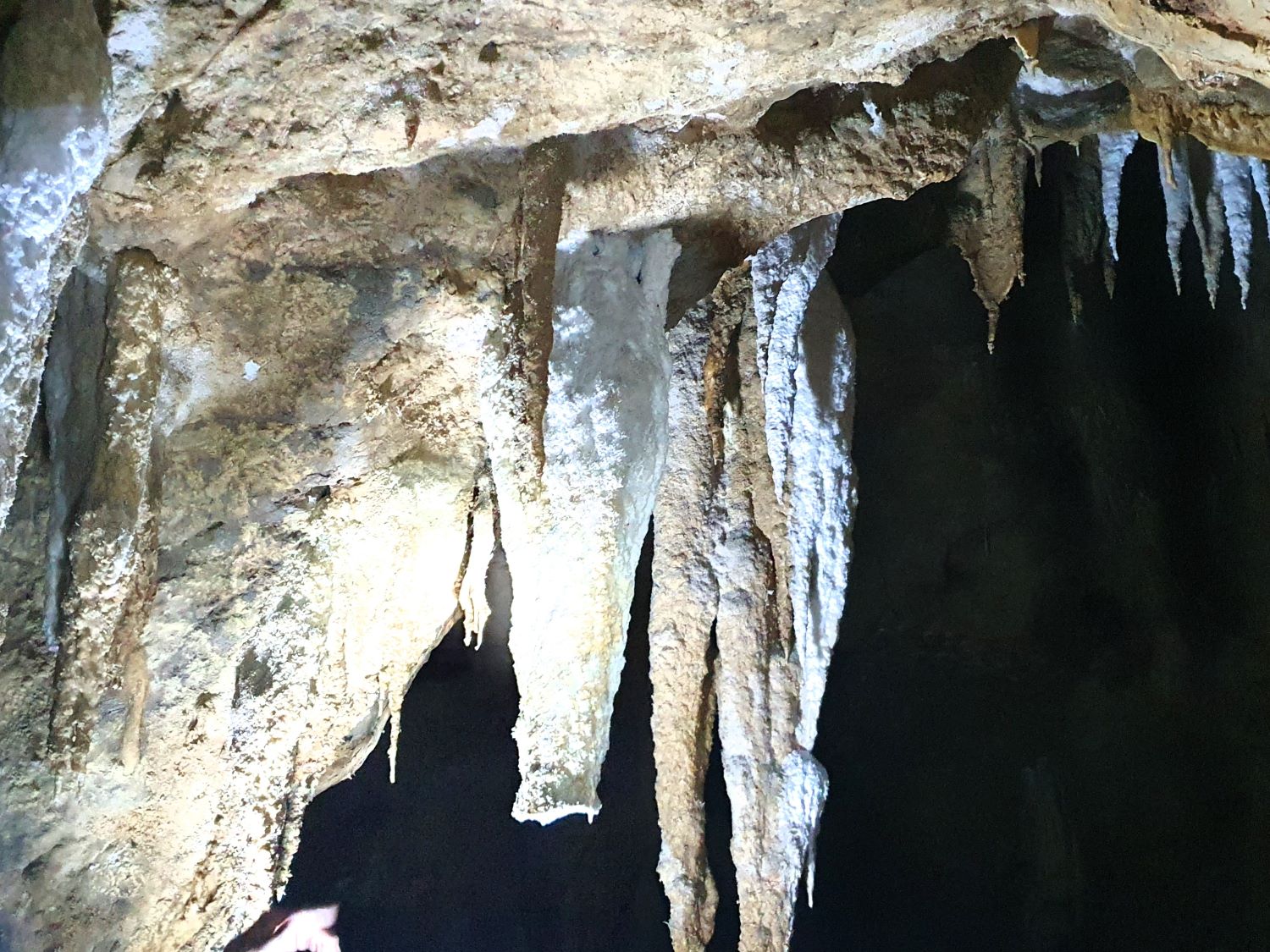
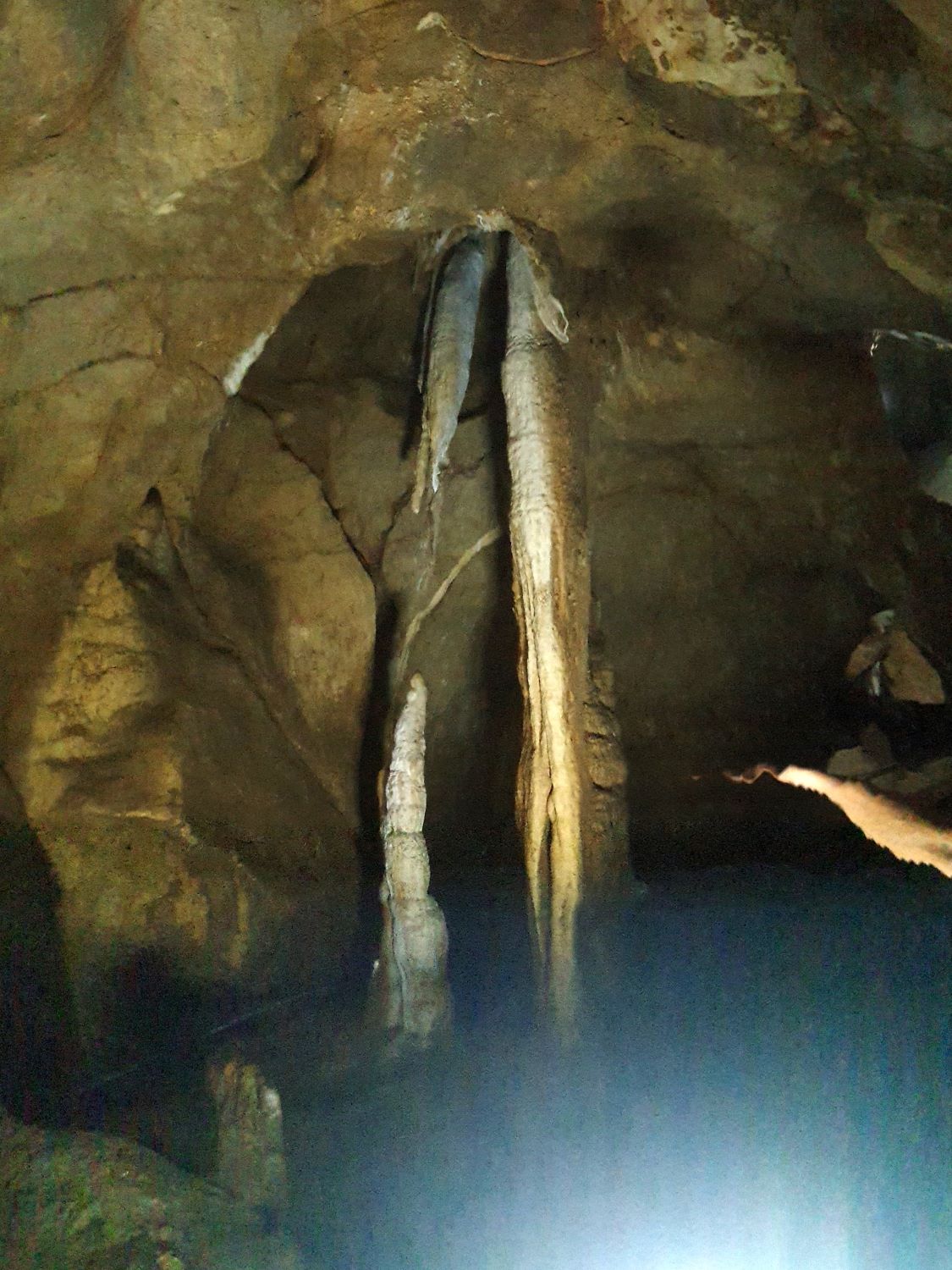
Khao Wang Thong Cave,
Khuan Thong, Khanom District
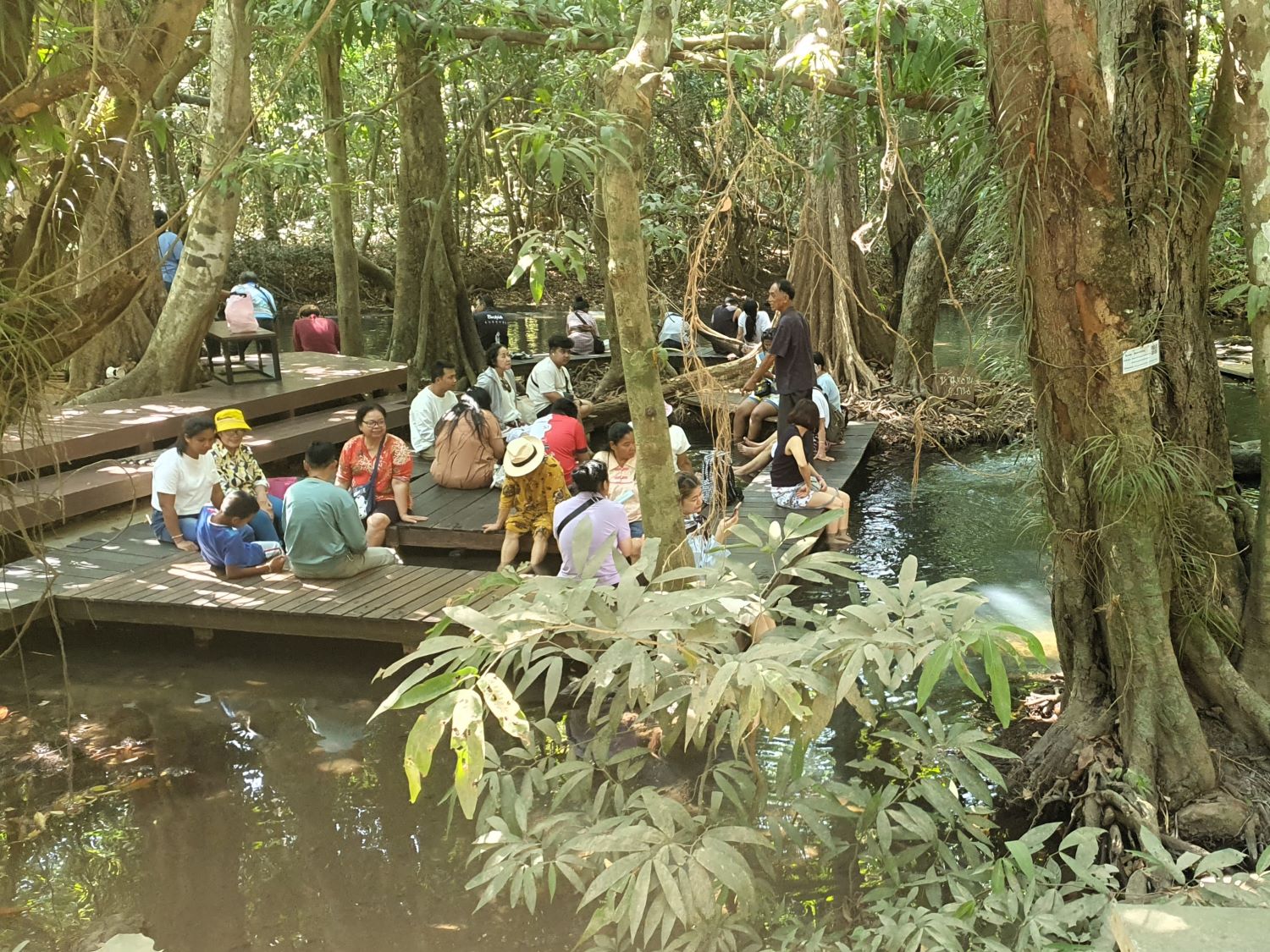
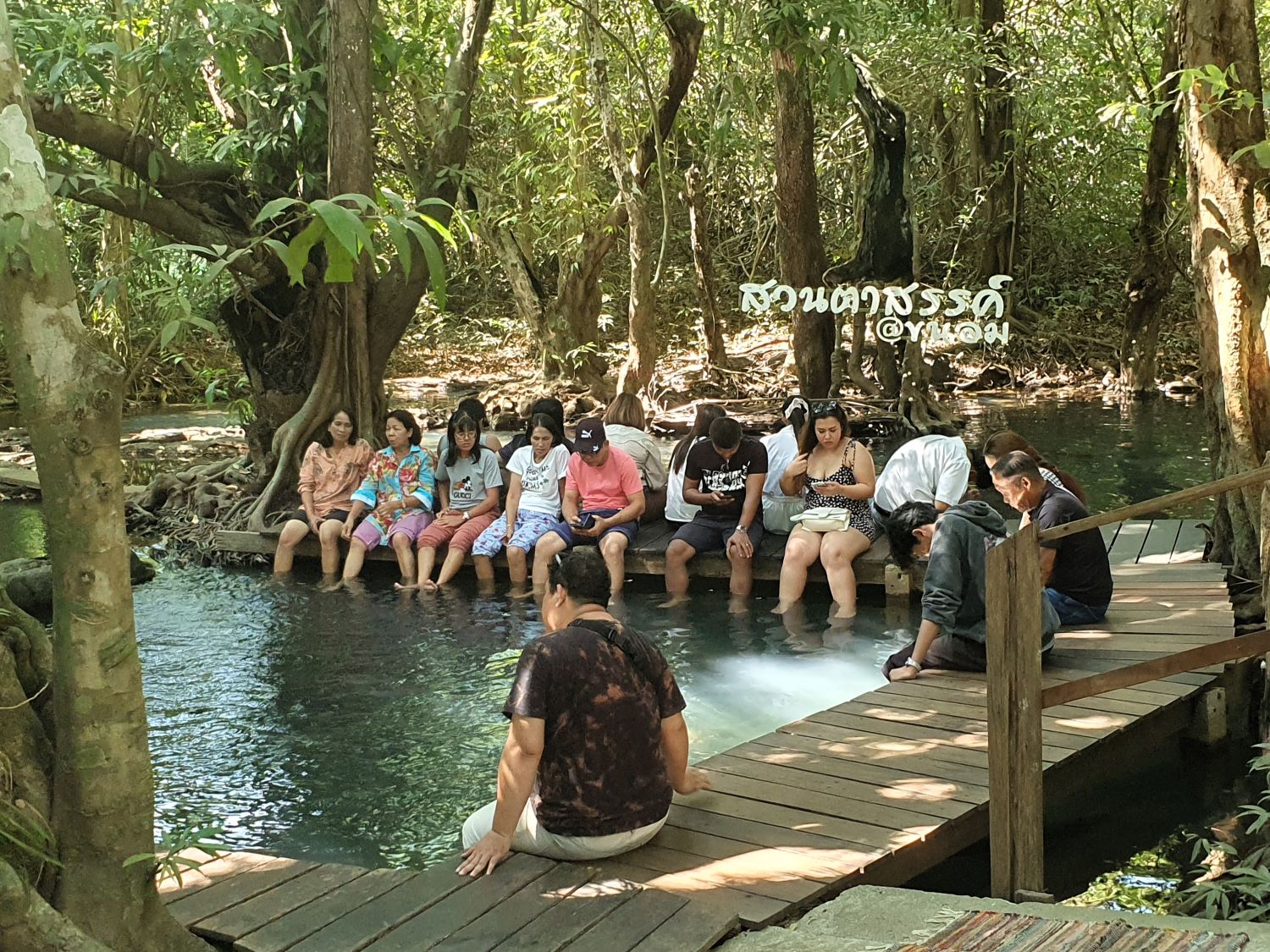
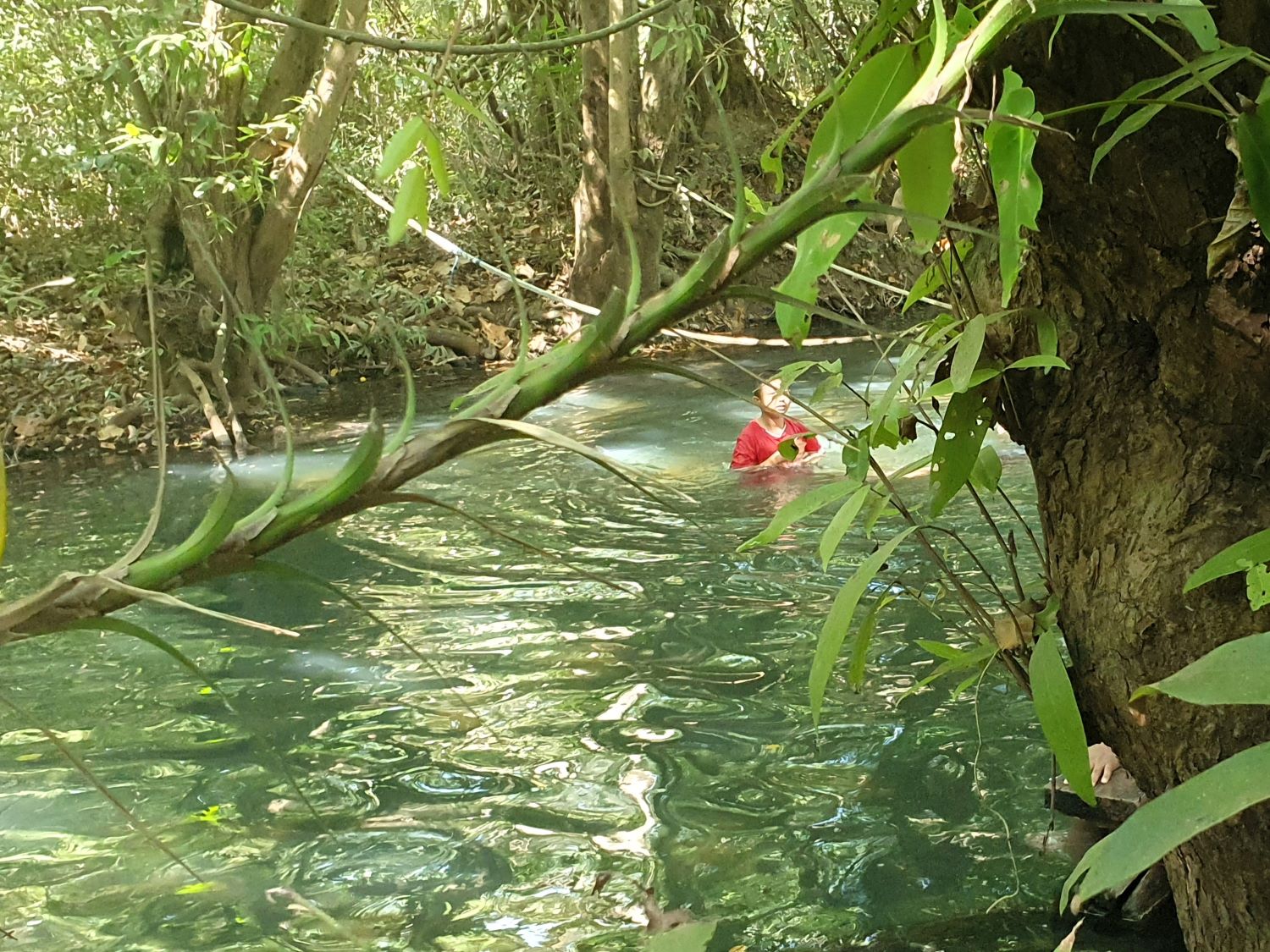
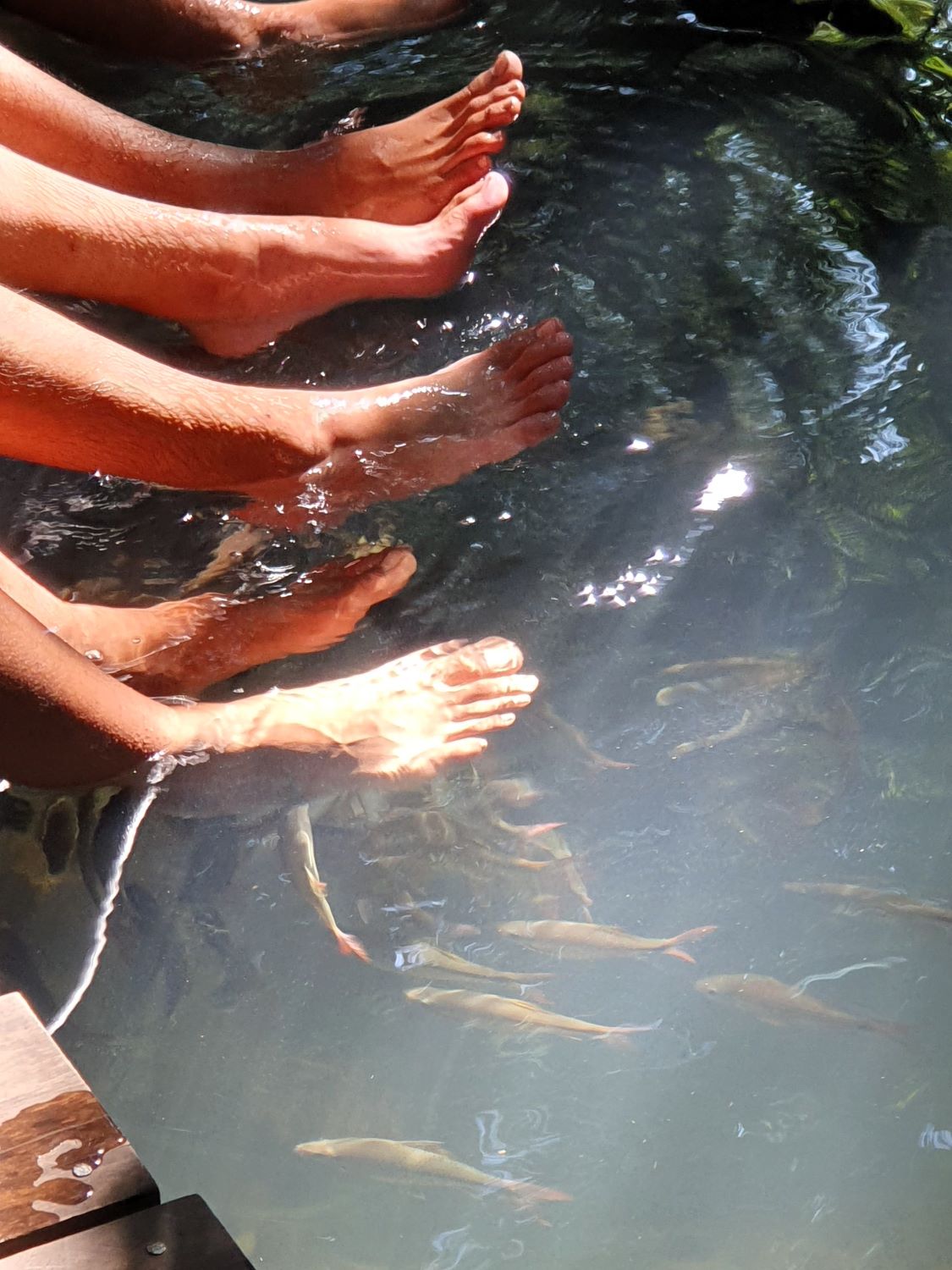
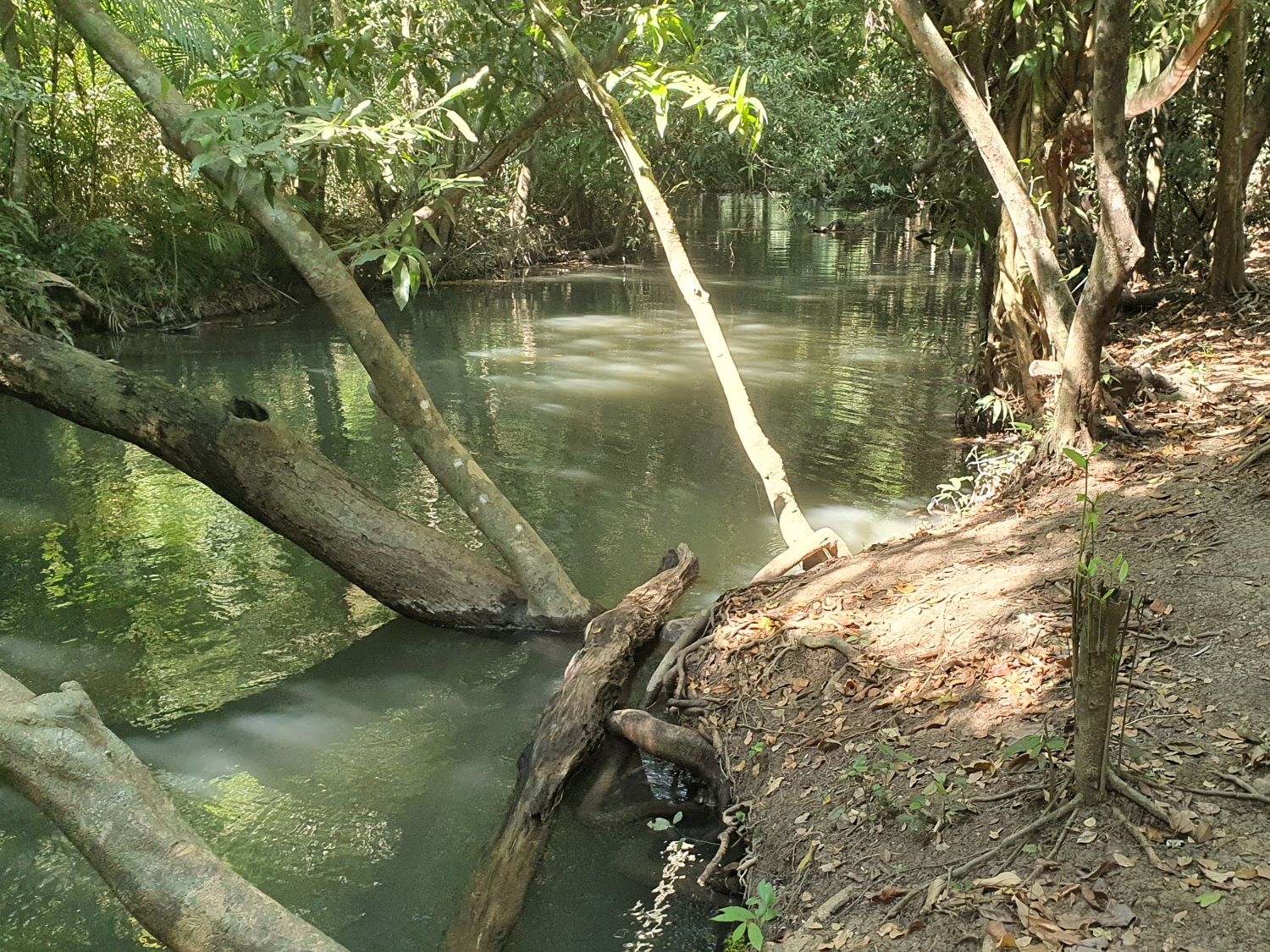
Suan Ta San, Khuan Thong, Khanom District
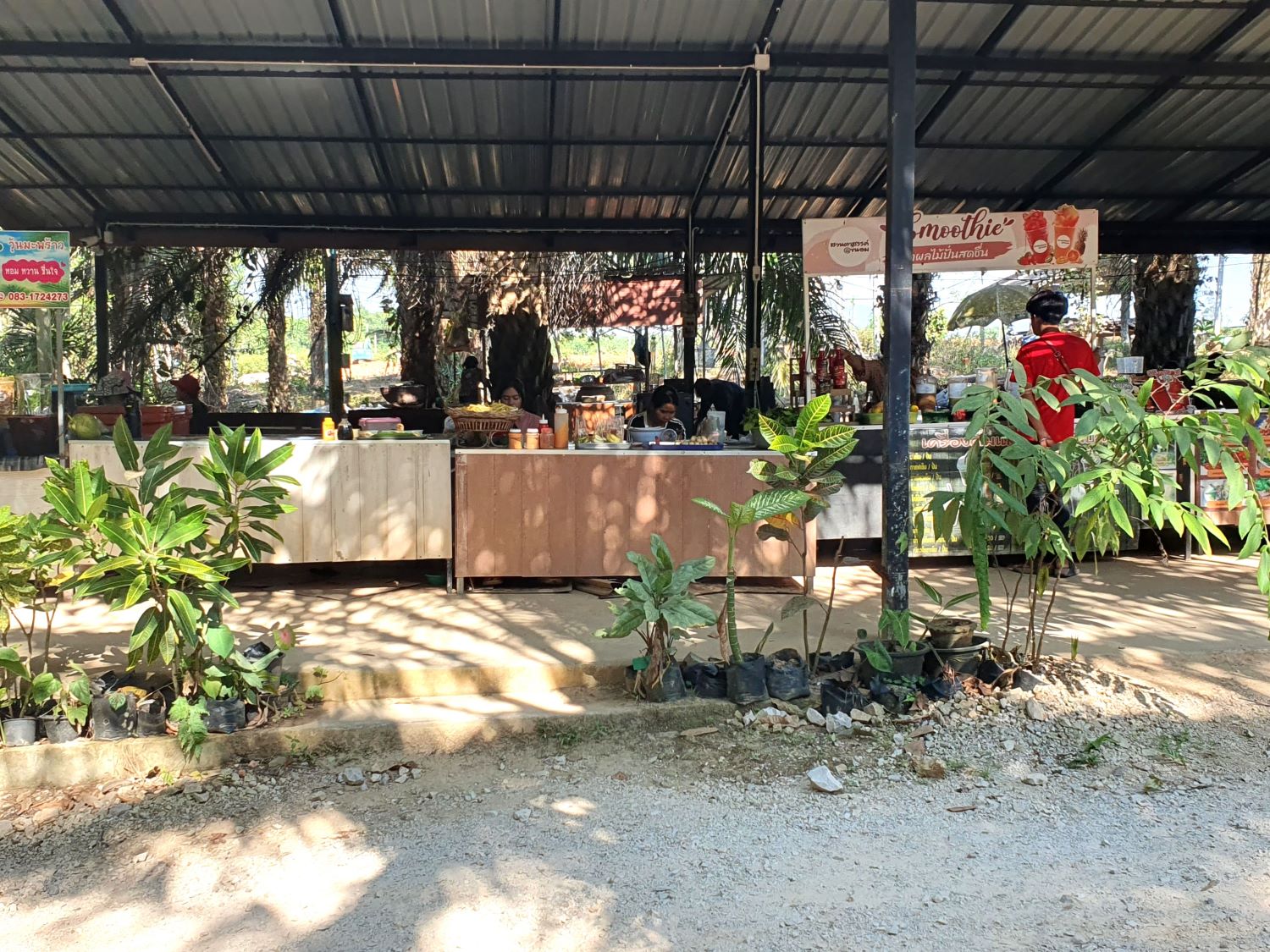
Roadside Shop/Restaurant,
Khuan Thong, Khanom District
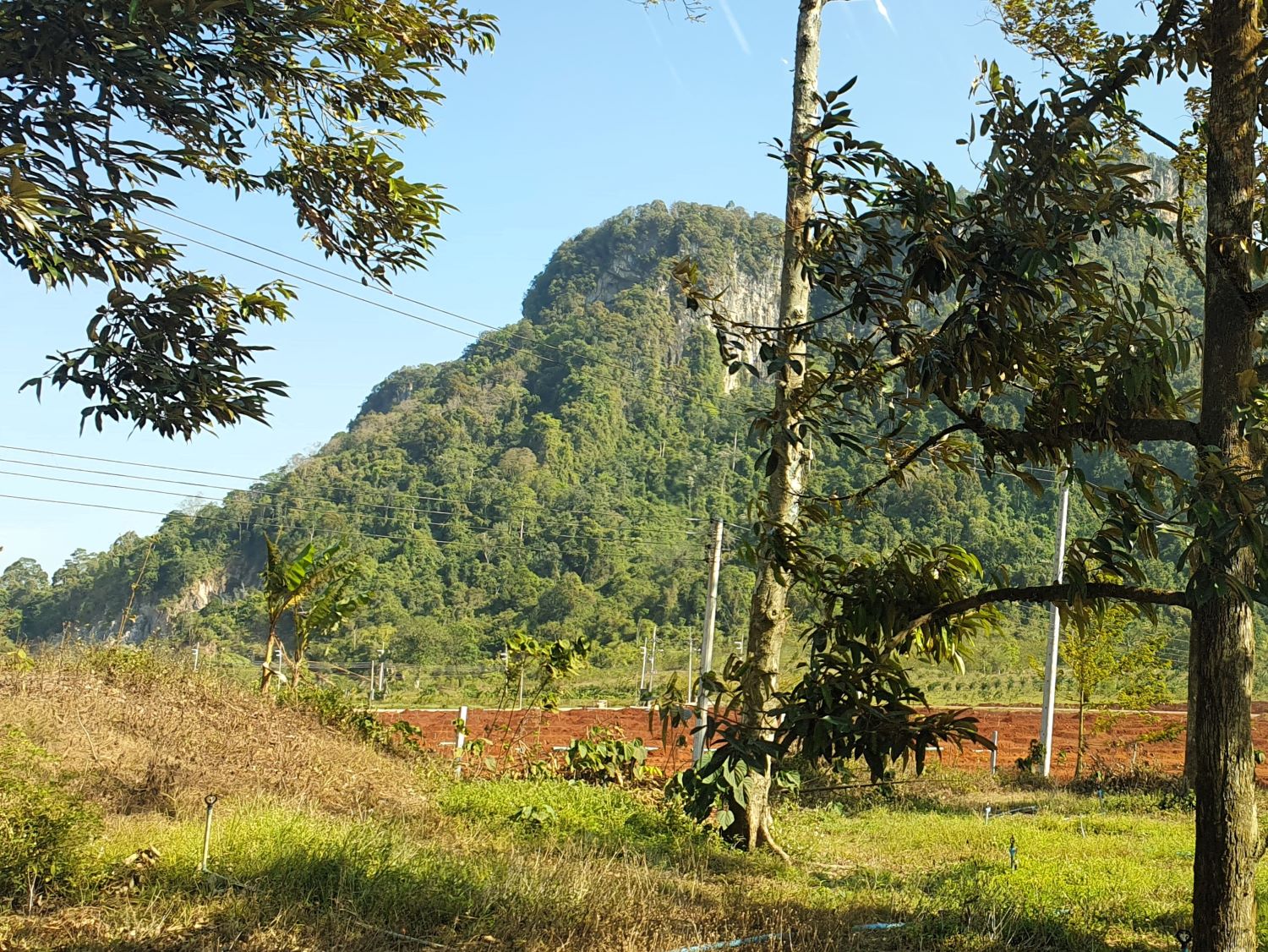
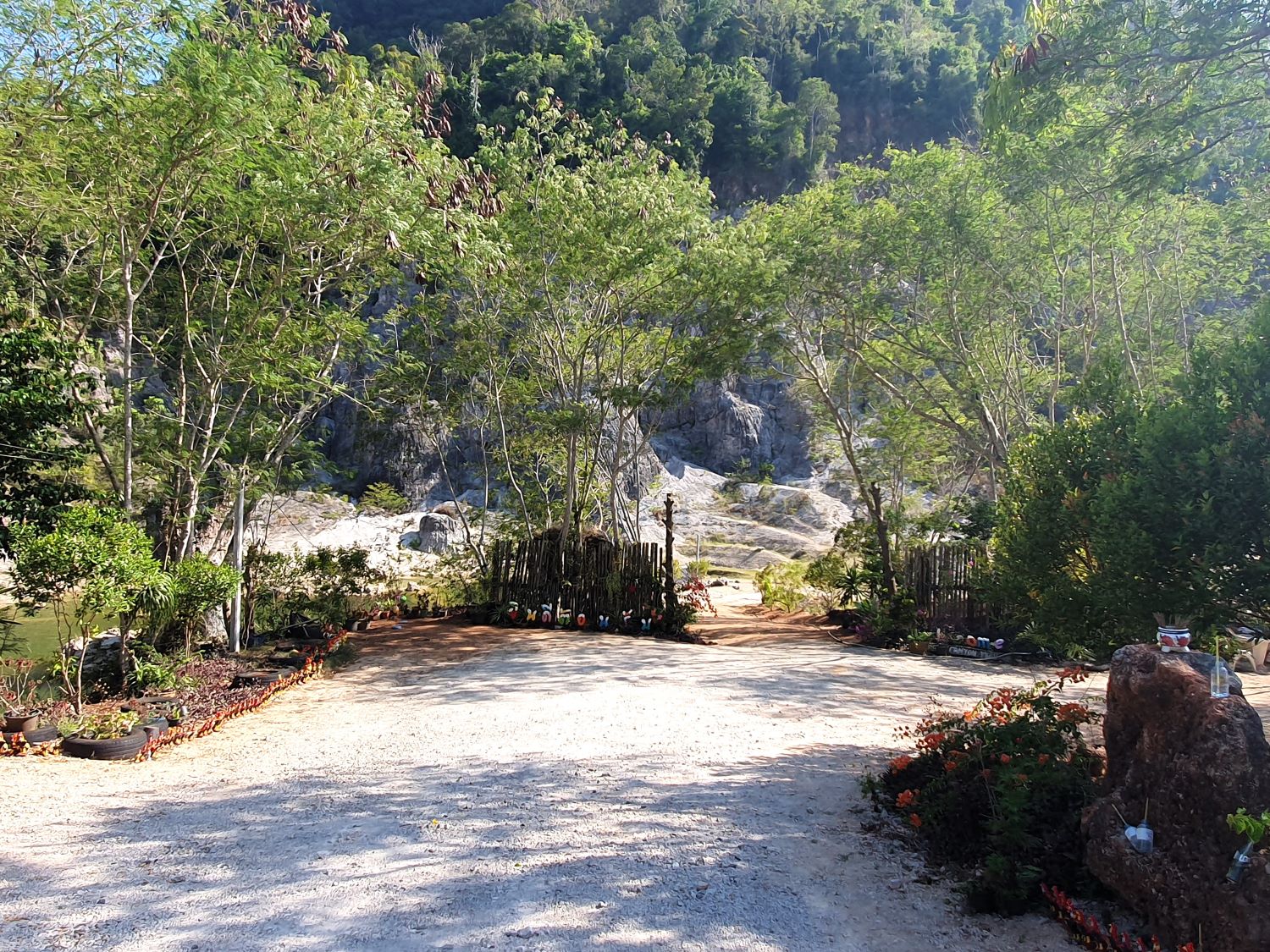
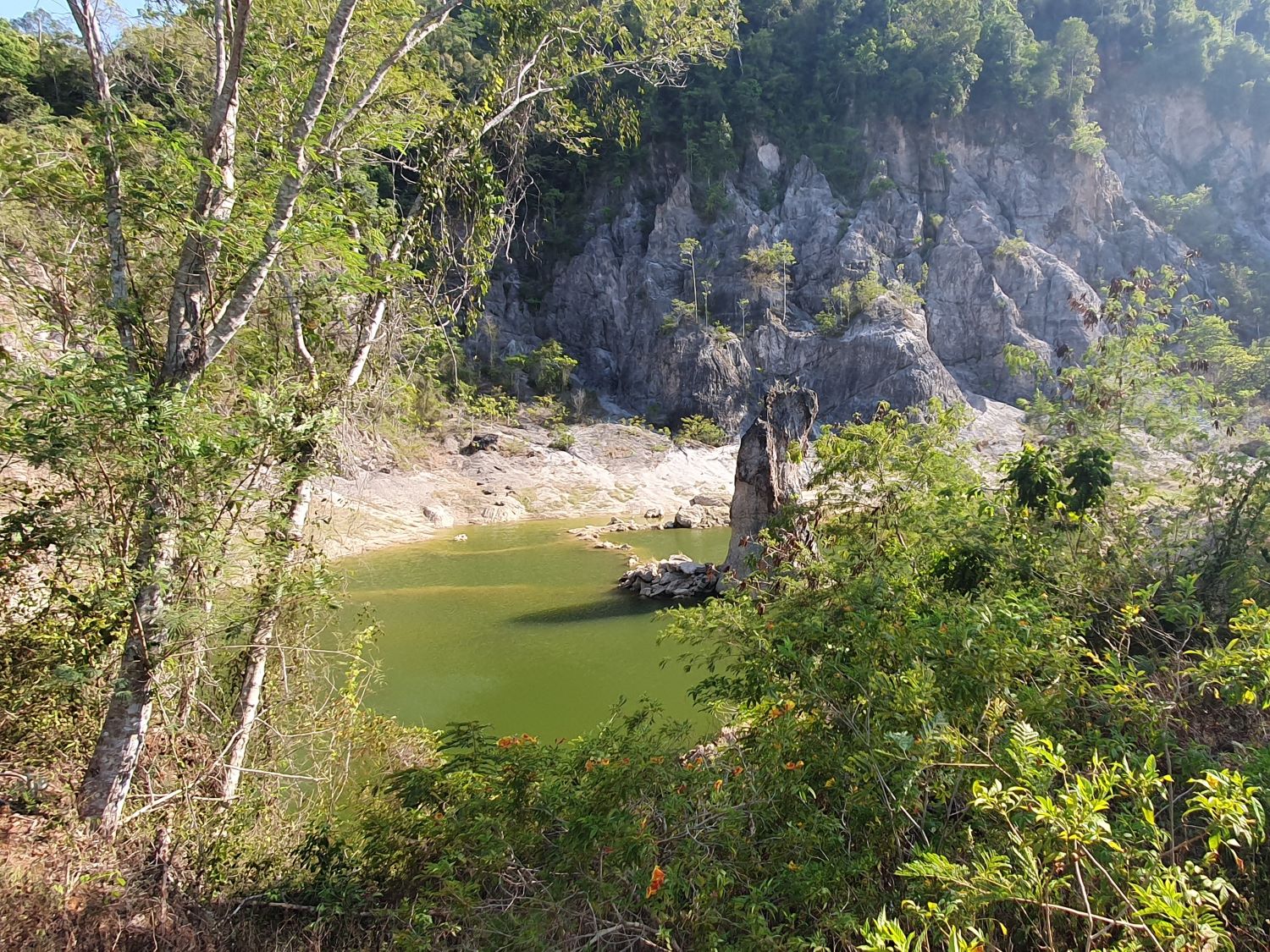
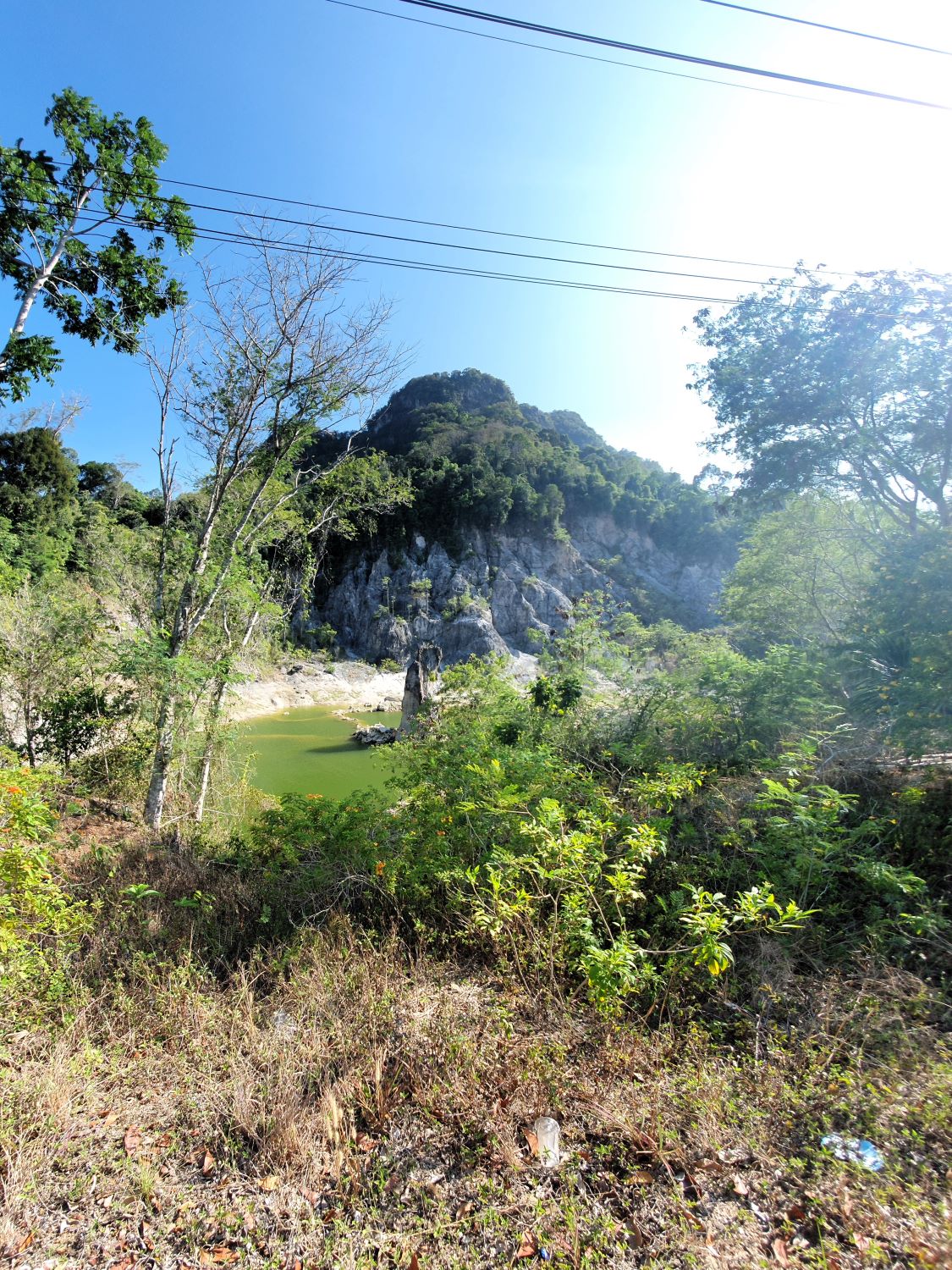
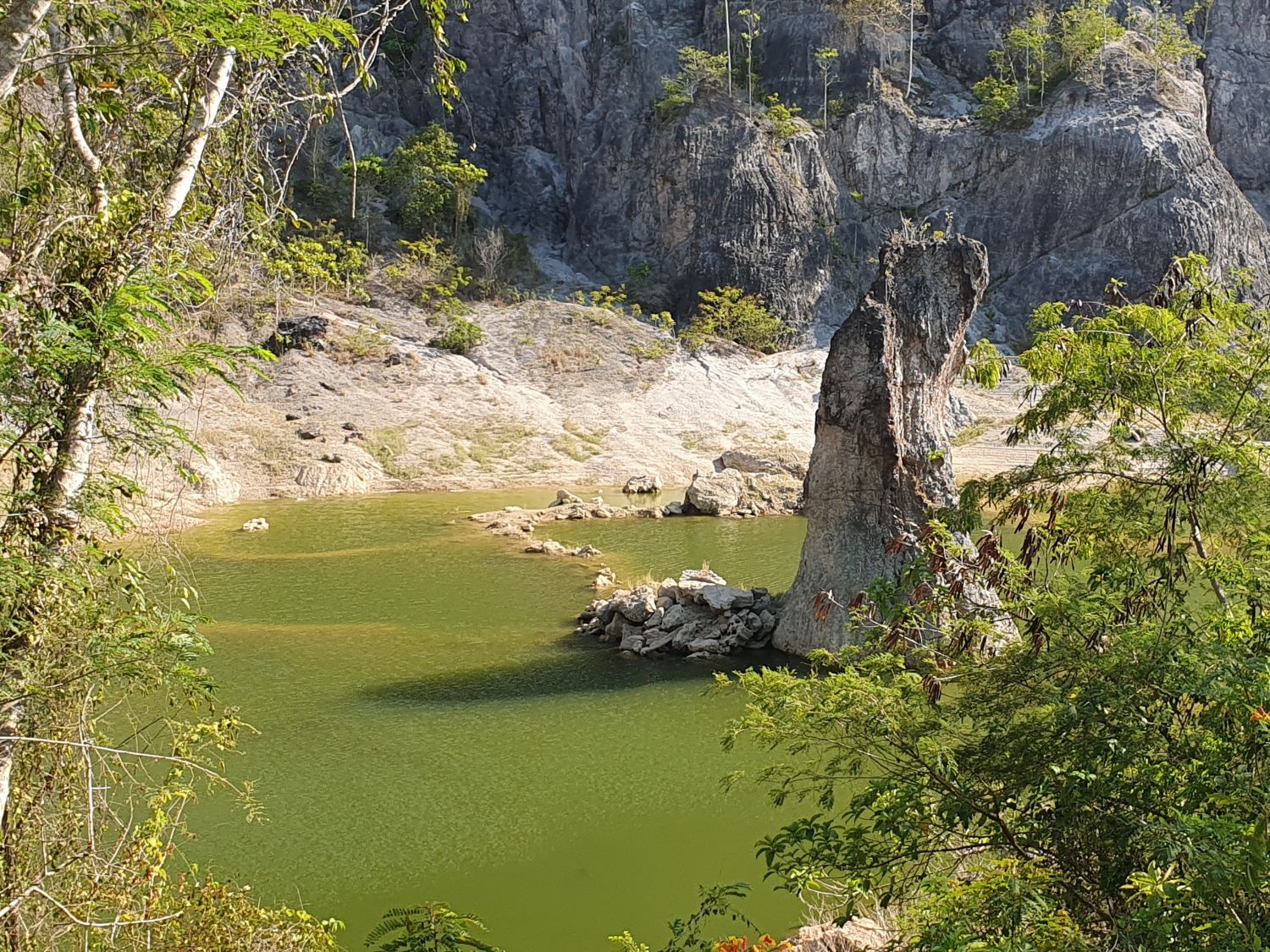
Khanom Grand Canyon,
Khuan Thong, Khanom District
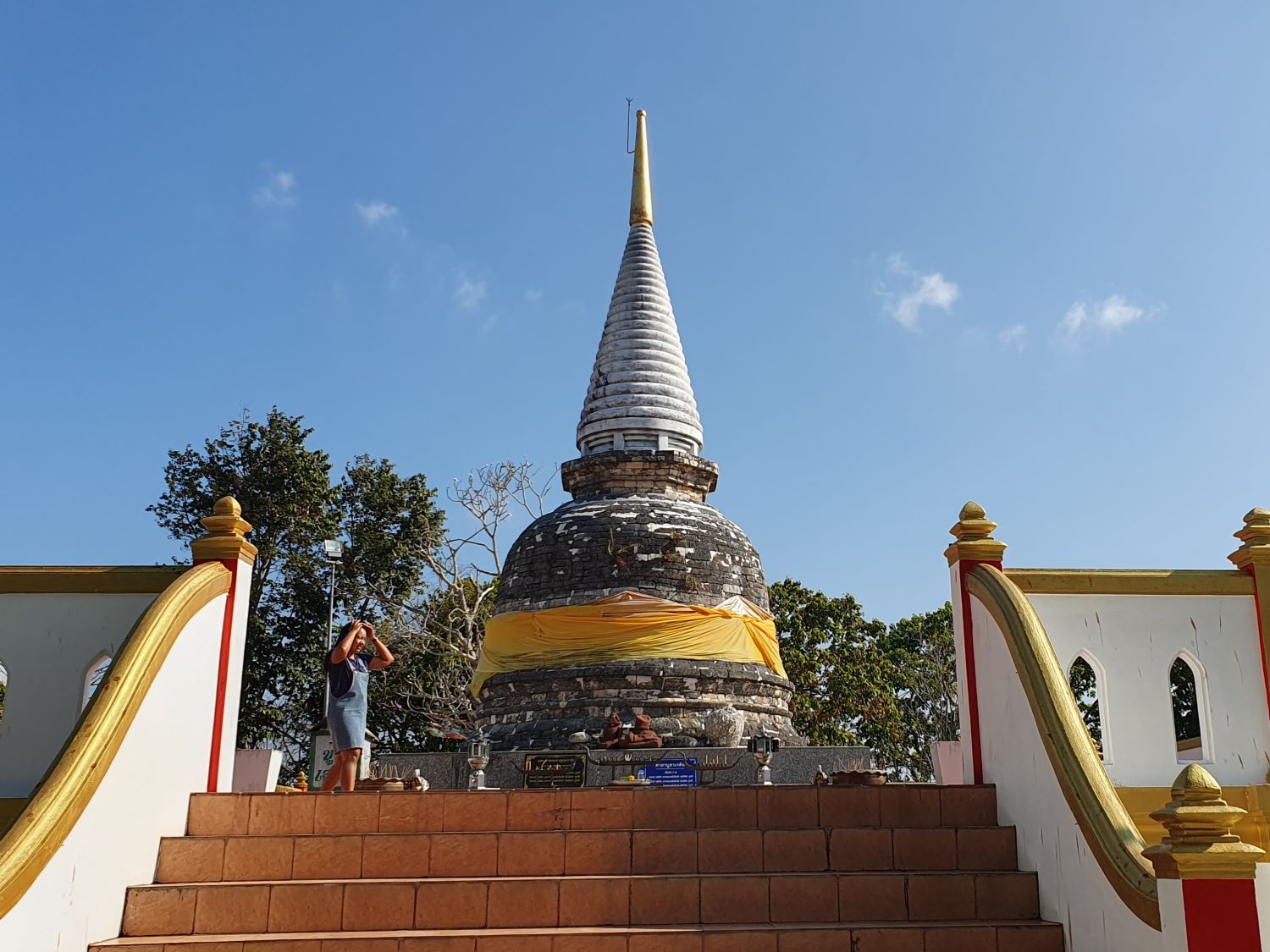
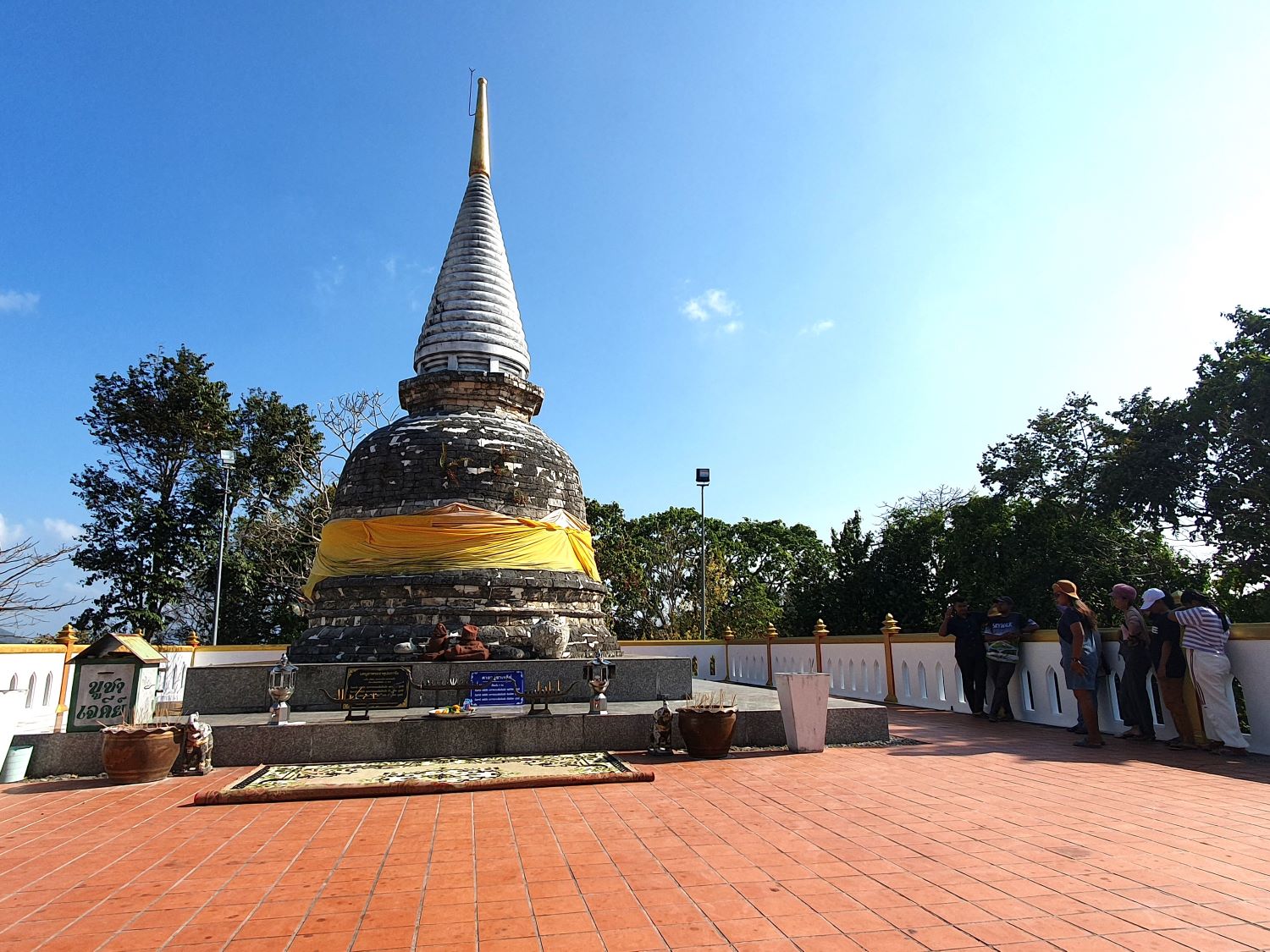
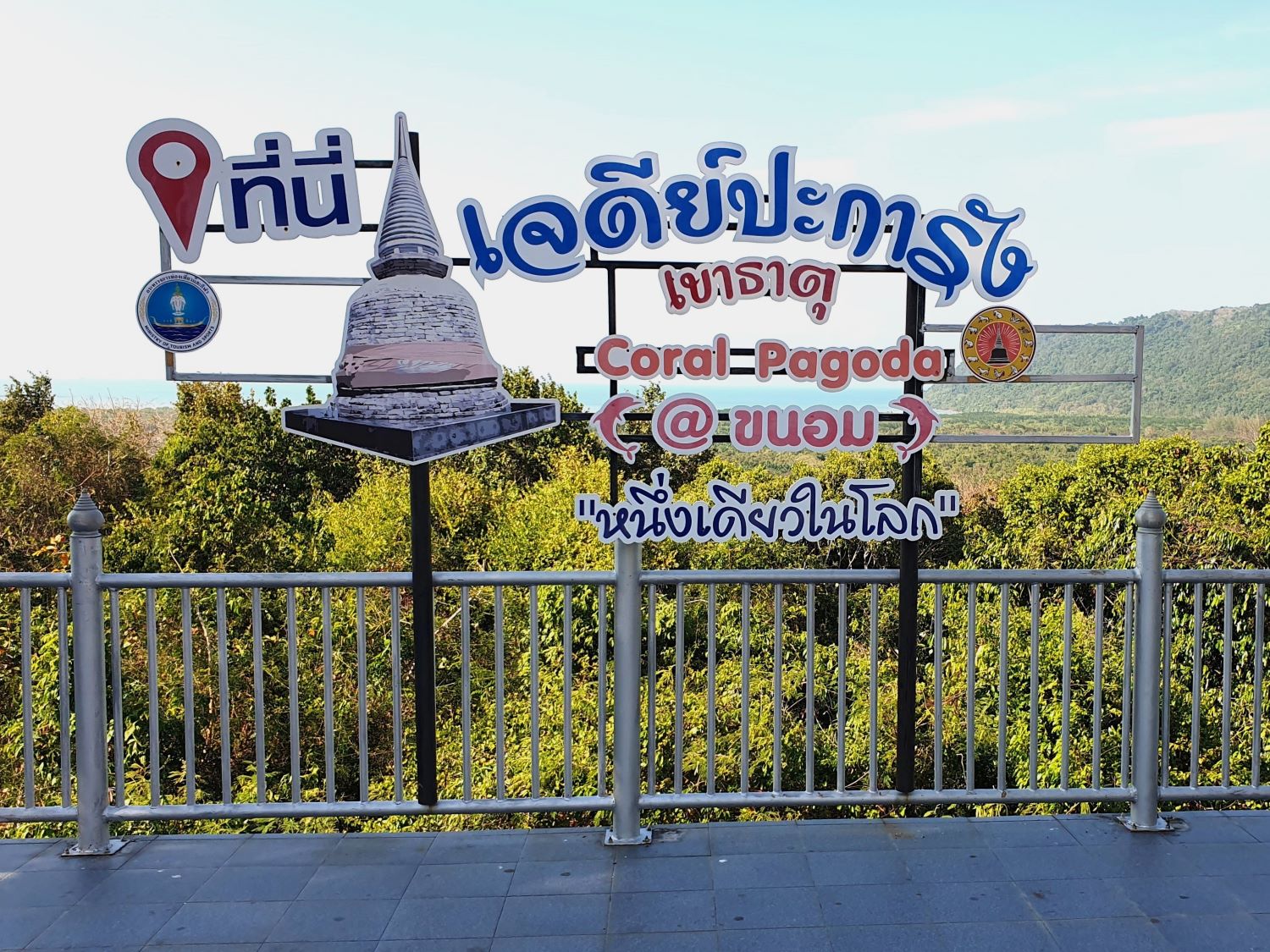
Coral Pagoda, Thong Nian, Khanom District
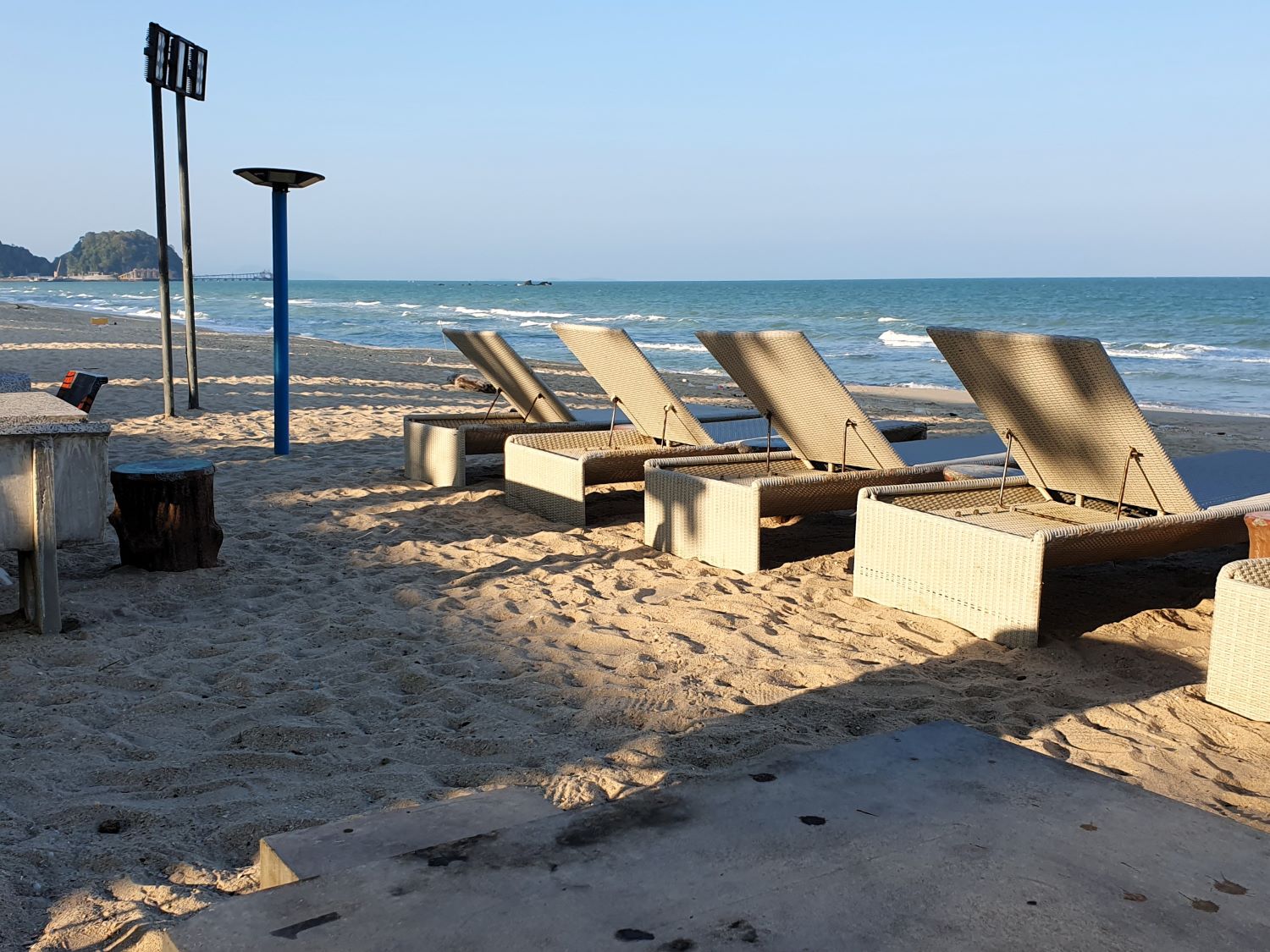
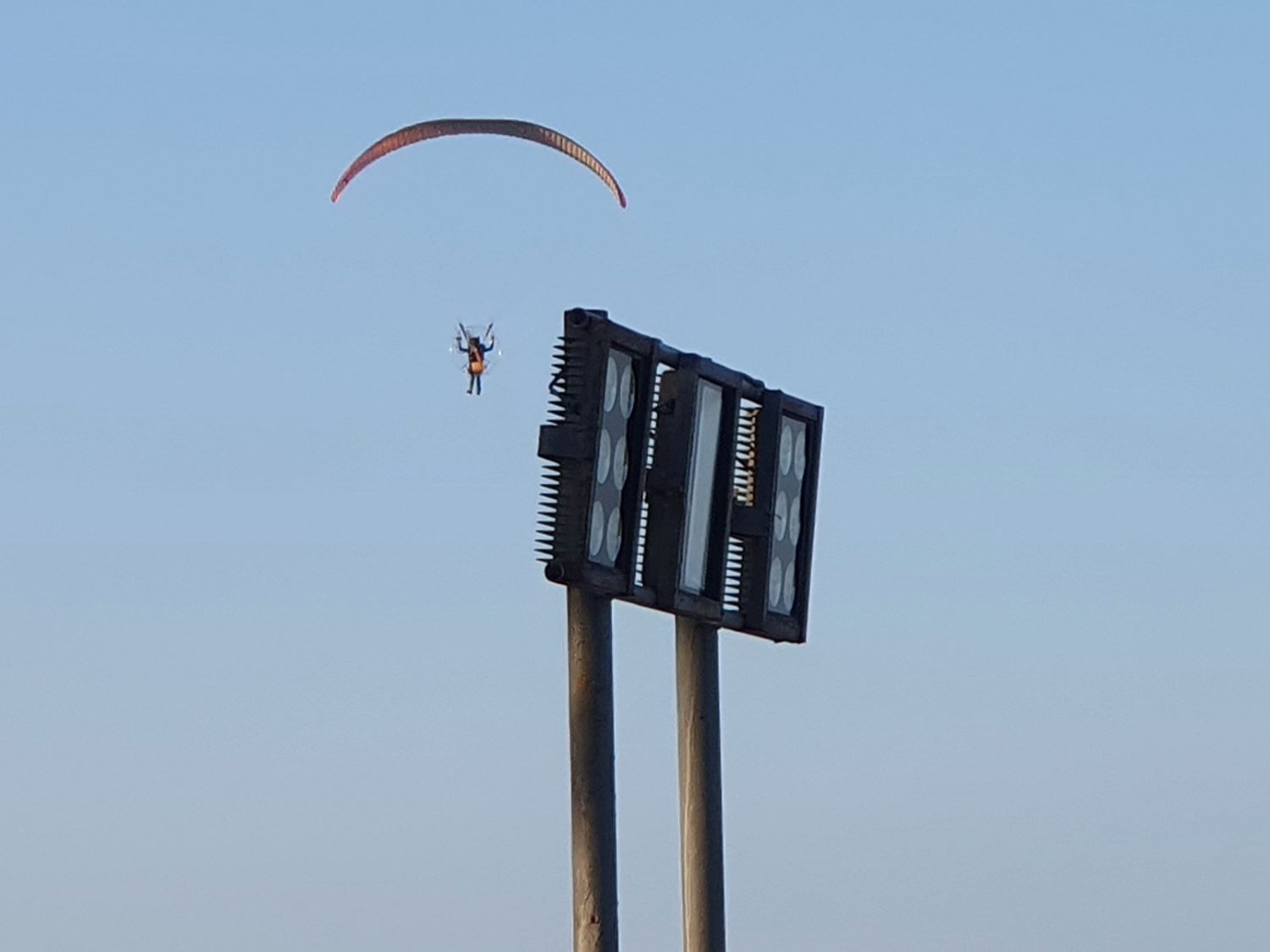
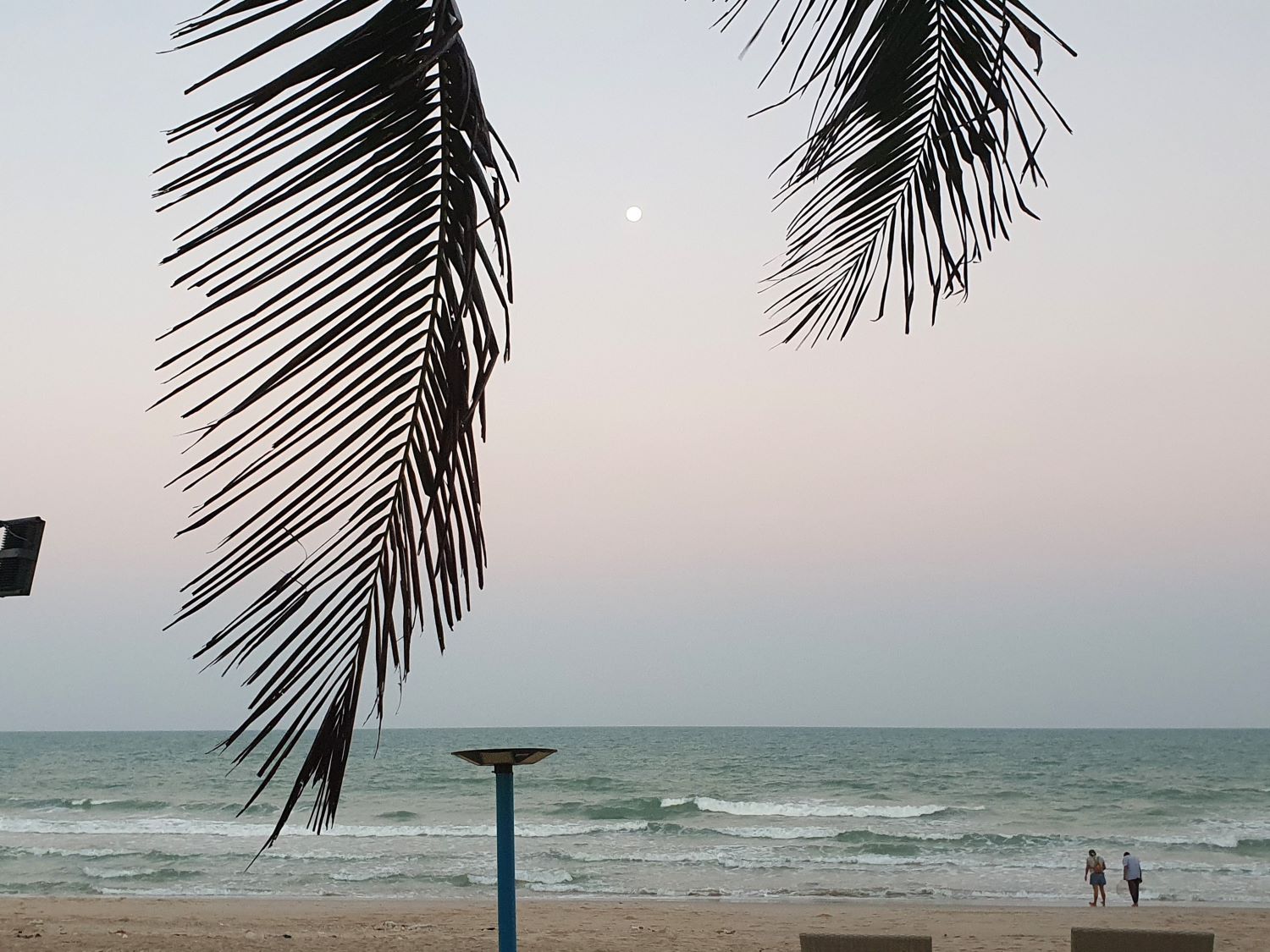
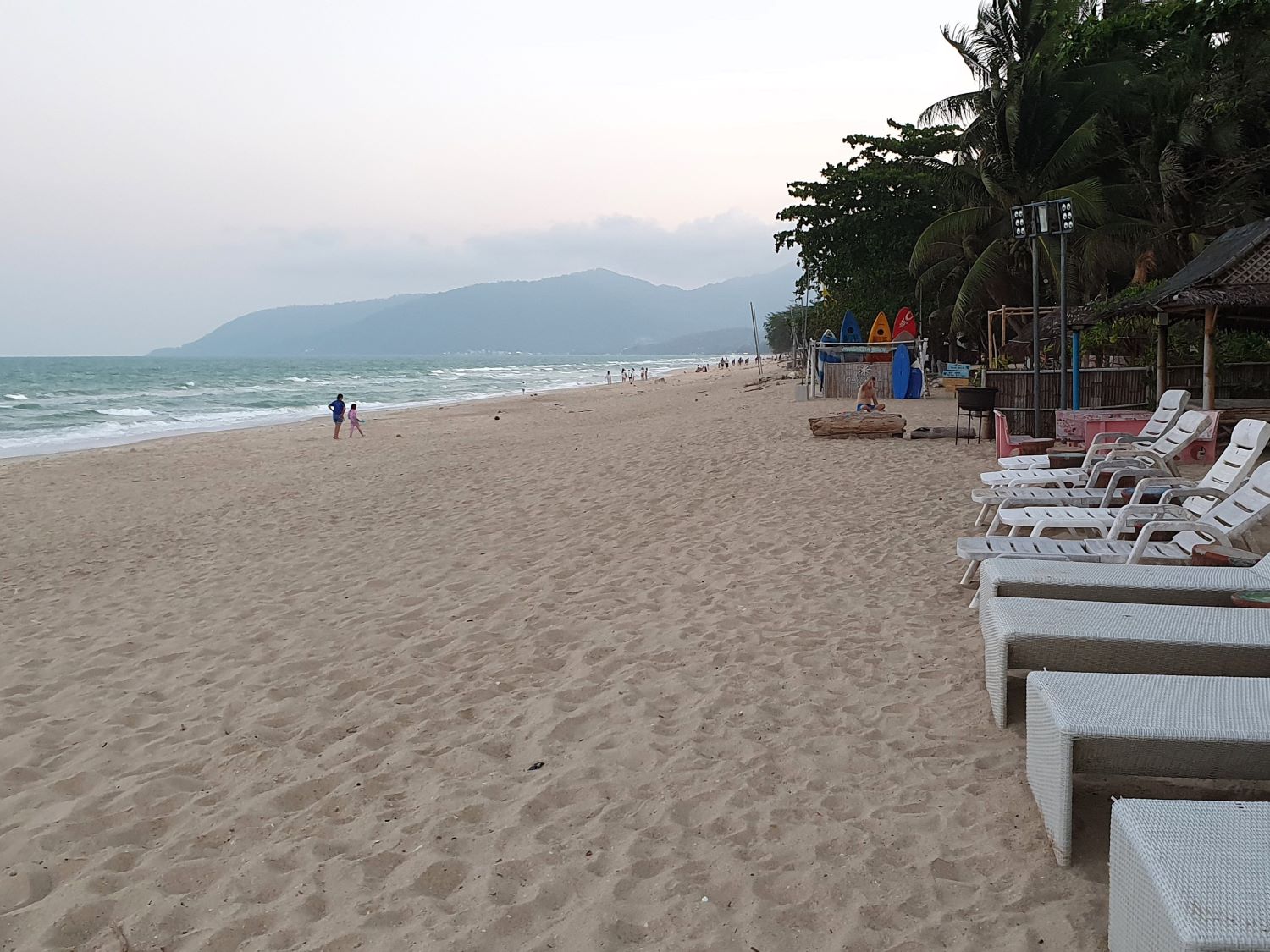
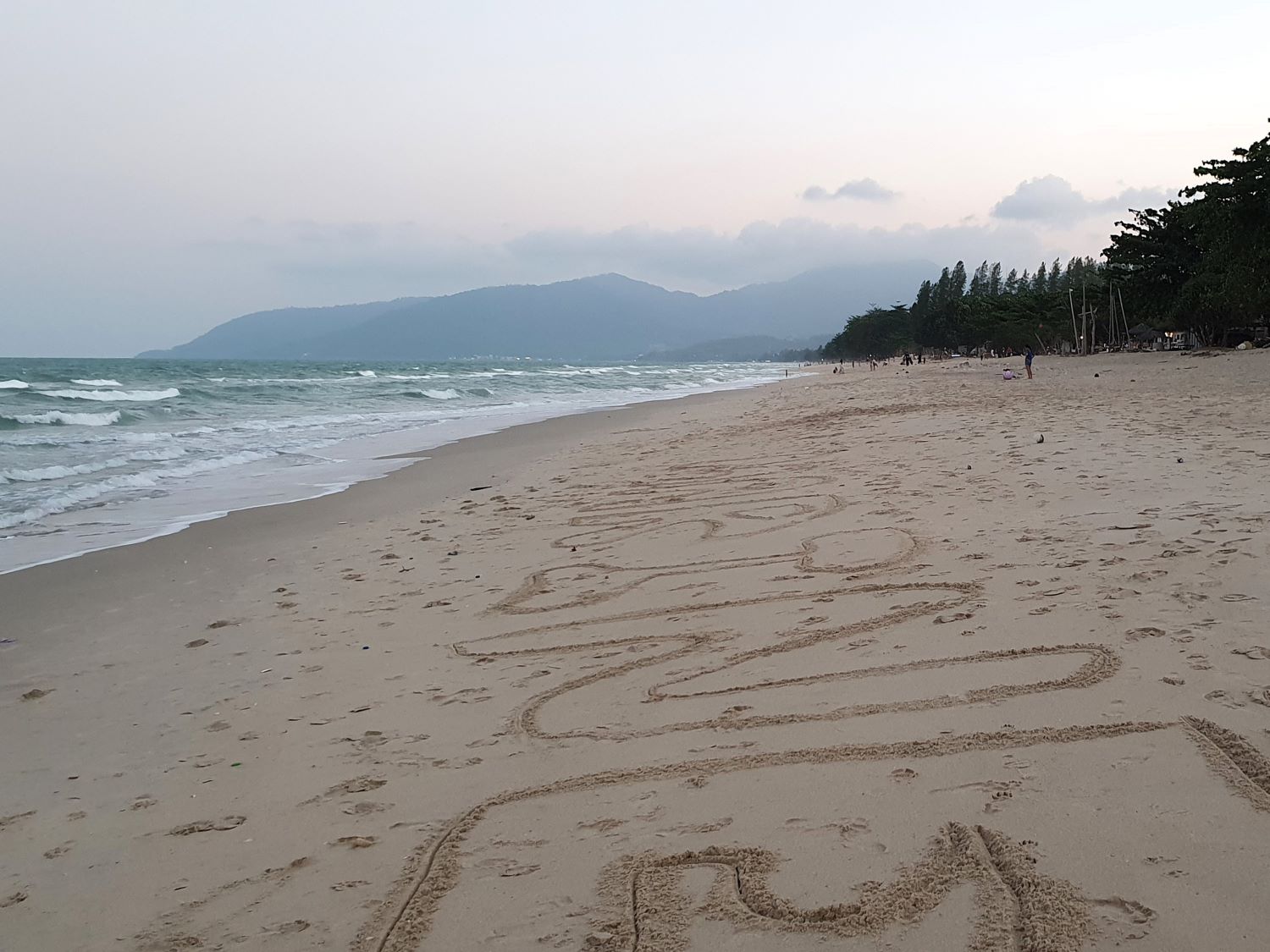
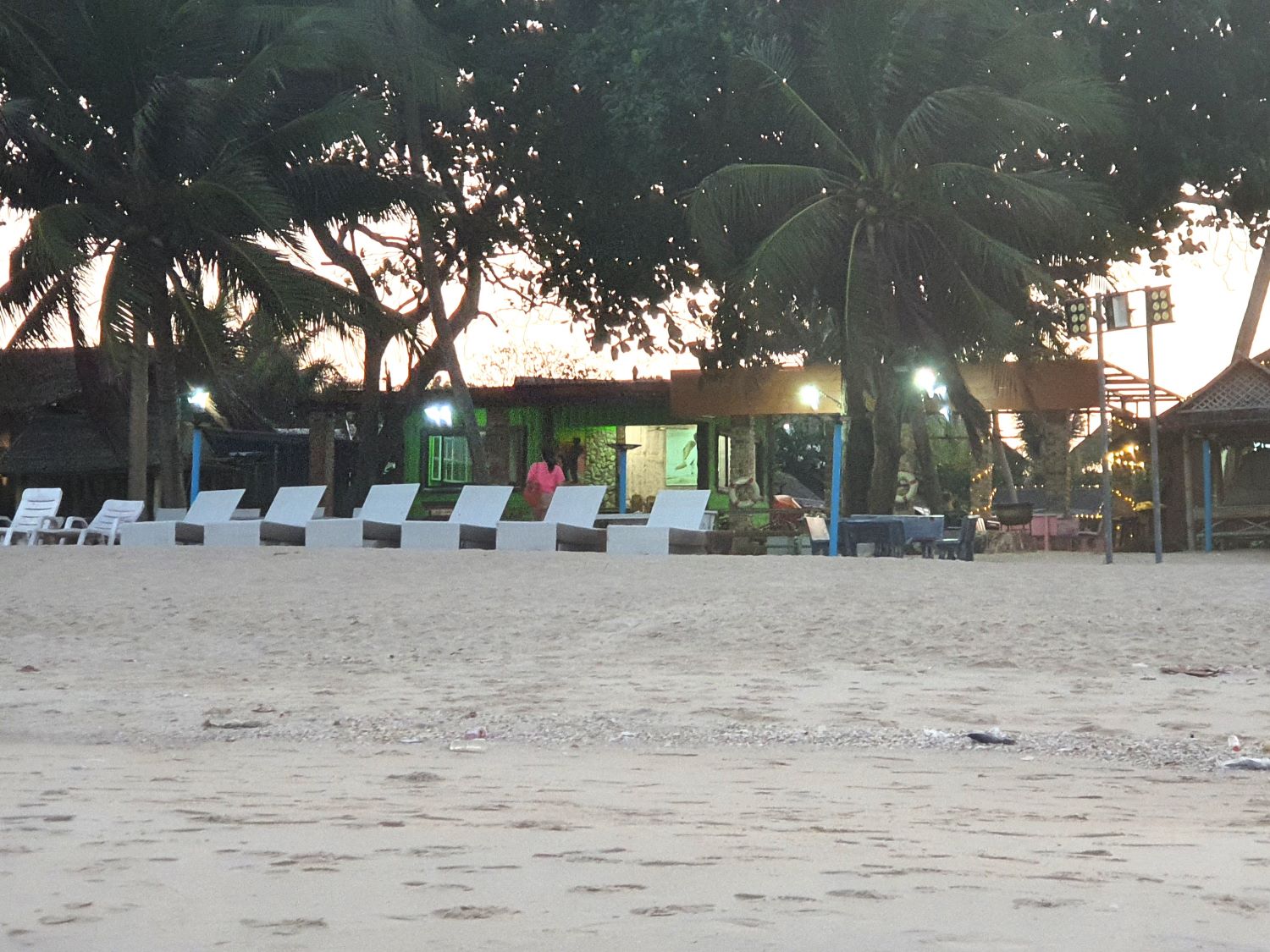
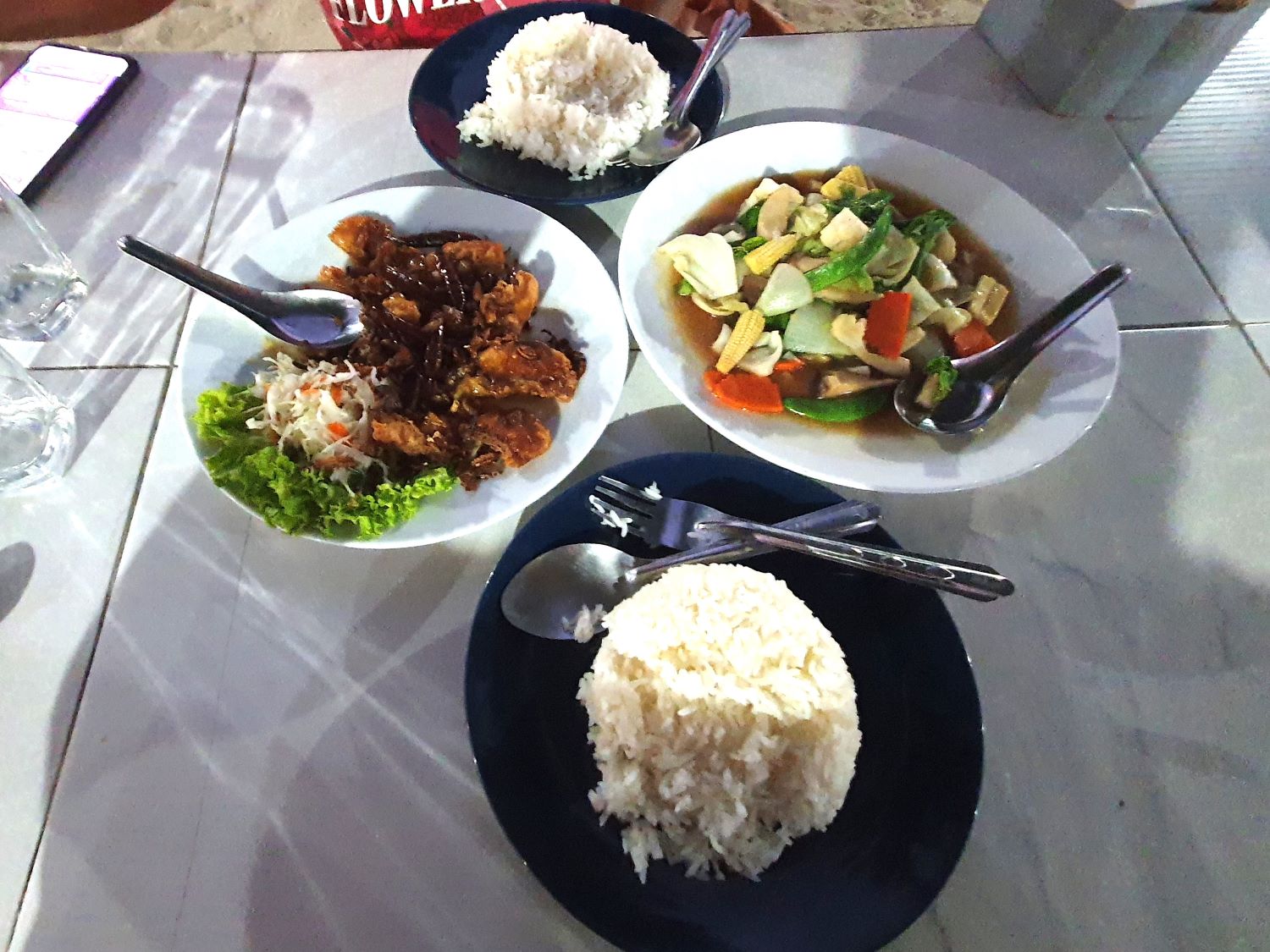
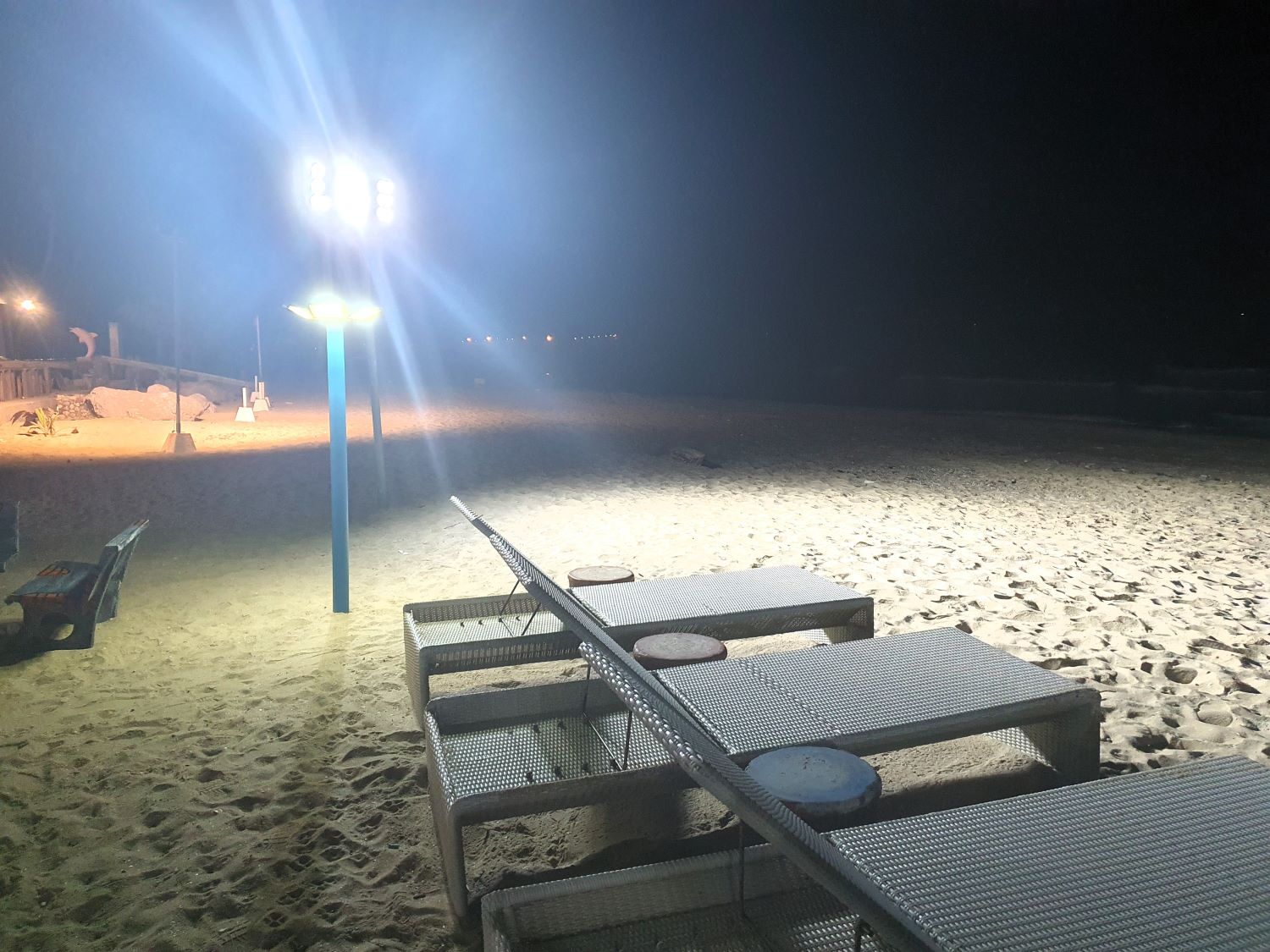
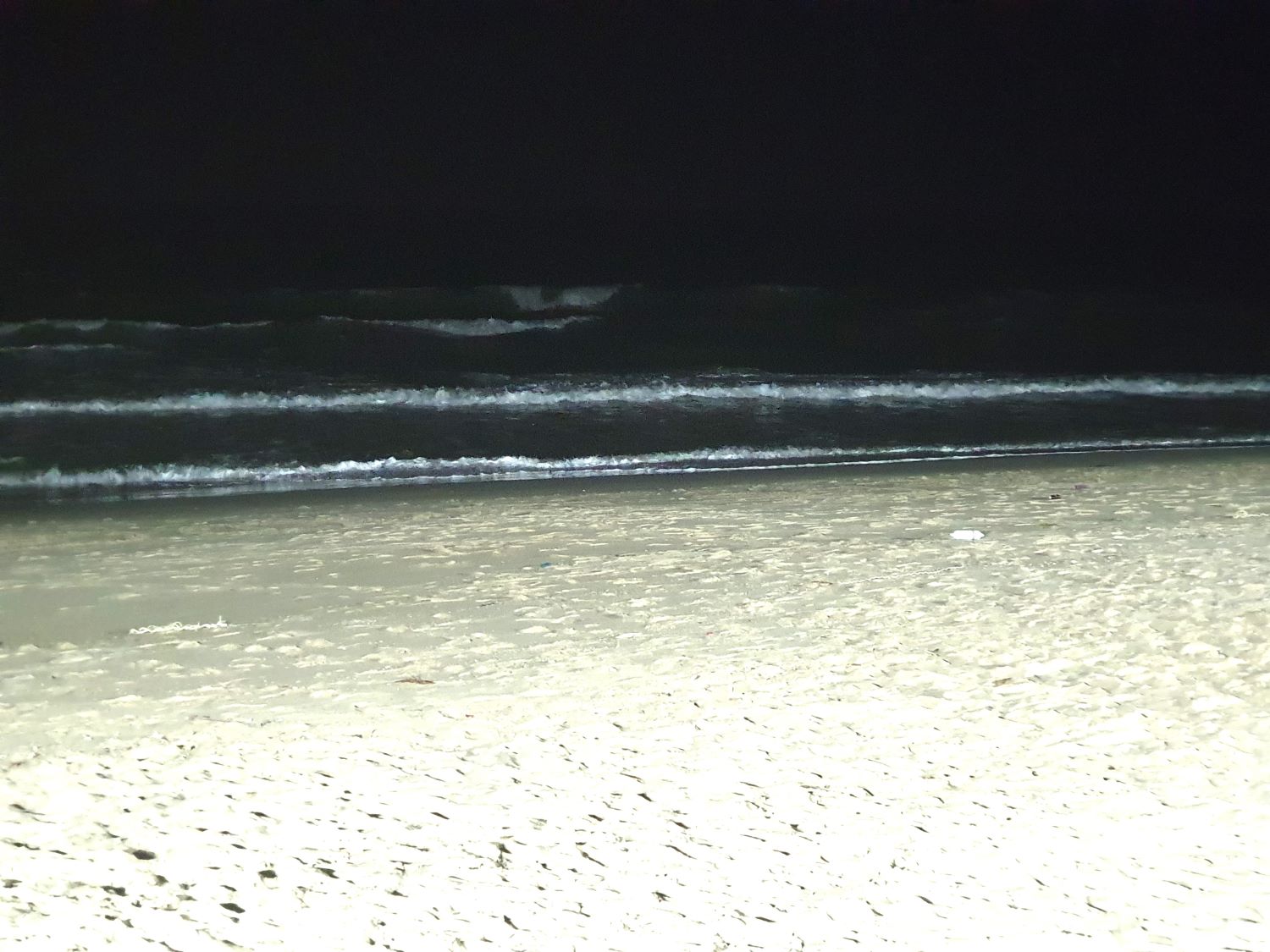
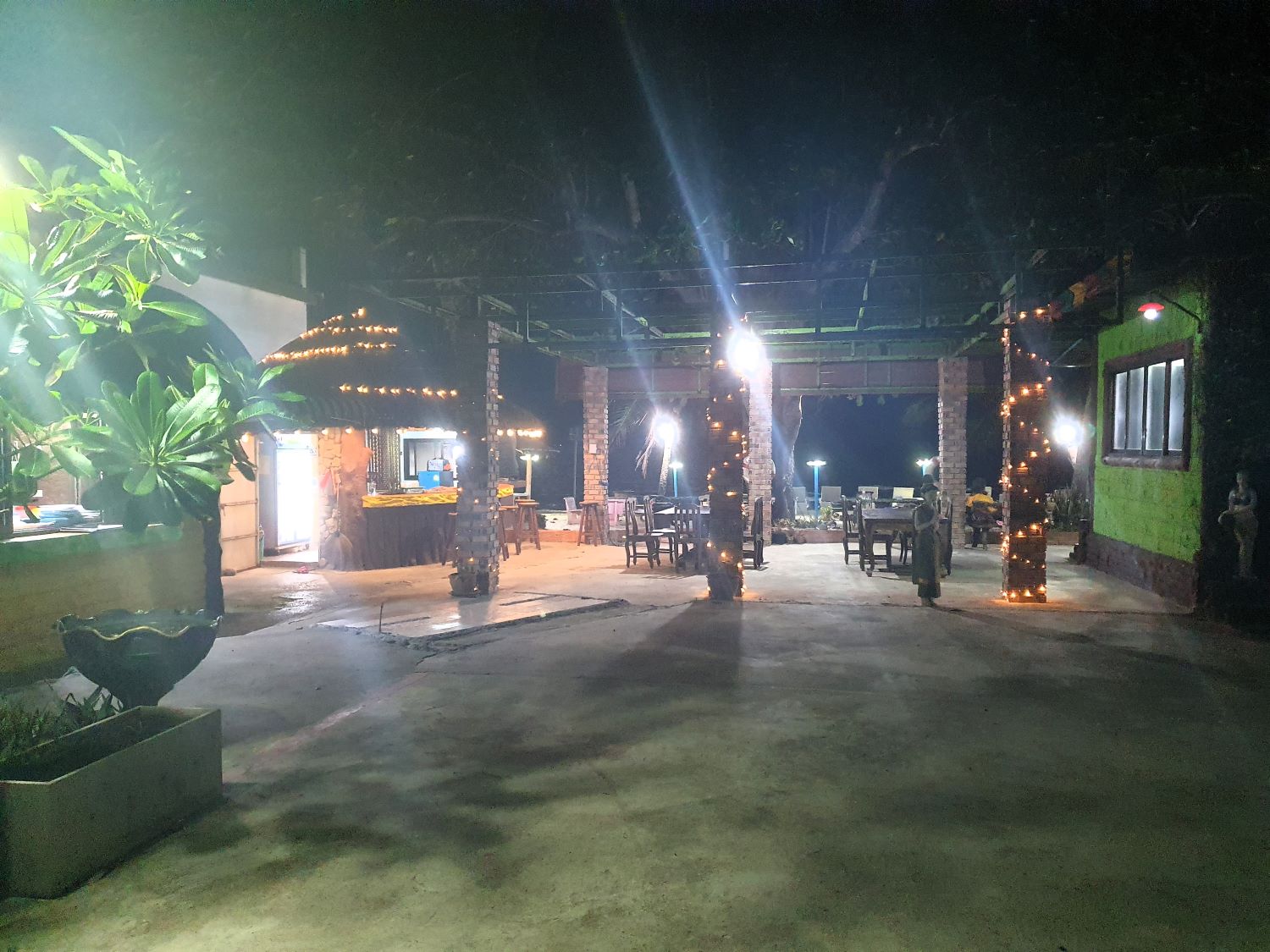
Khanom Beach, Ao Khanom, Khanom District